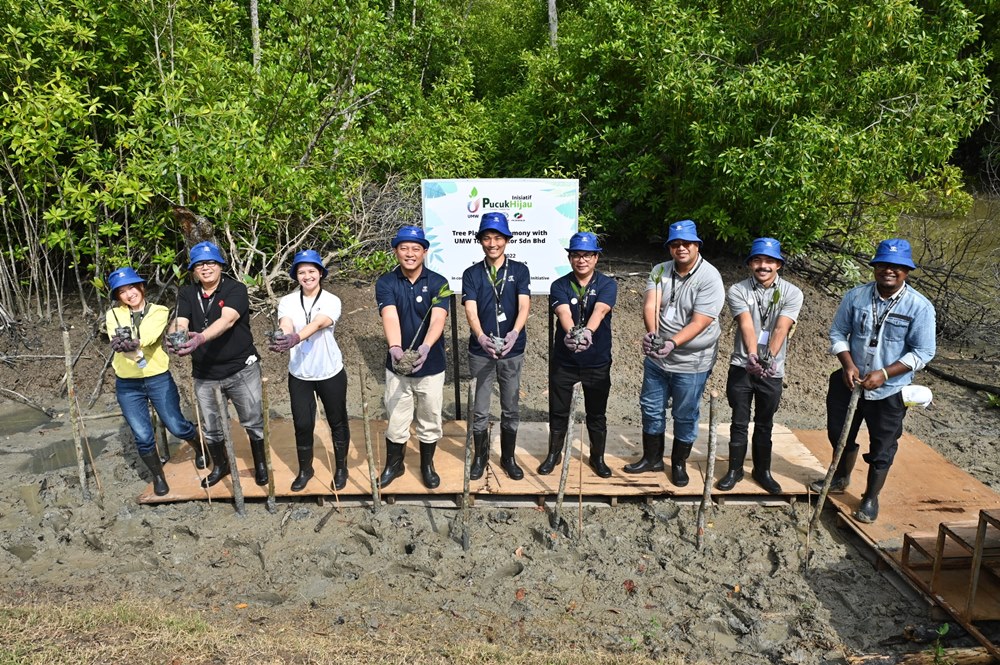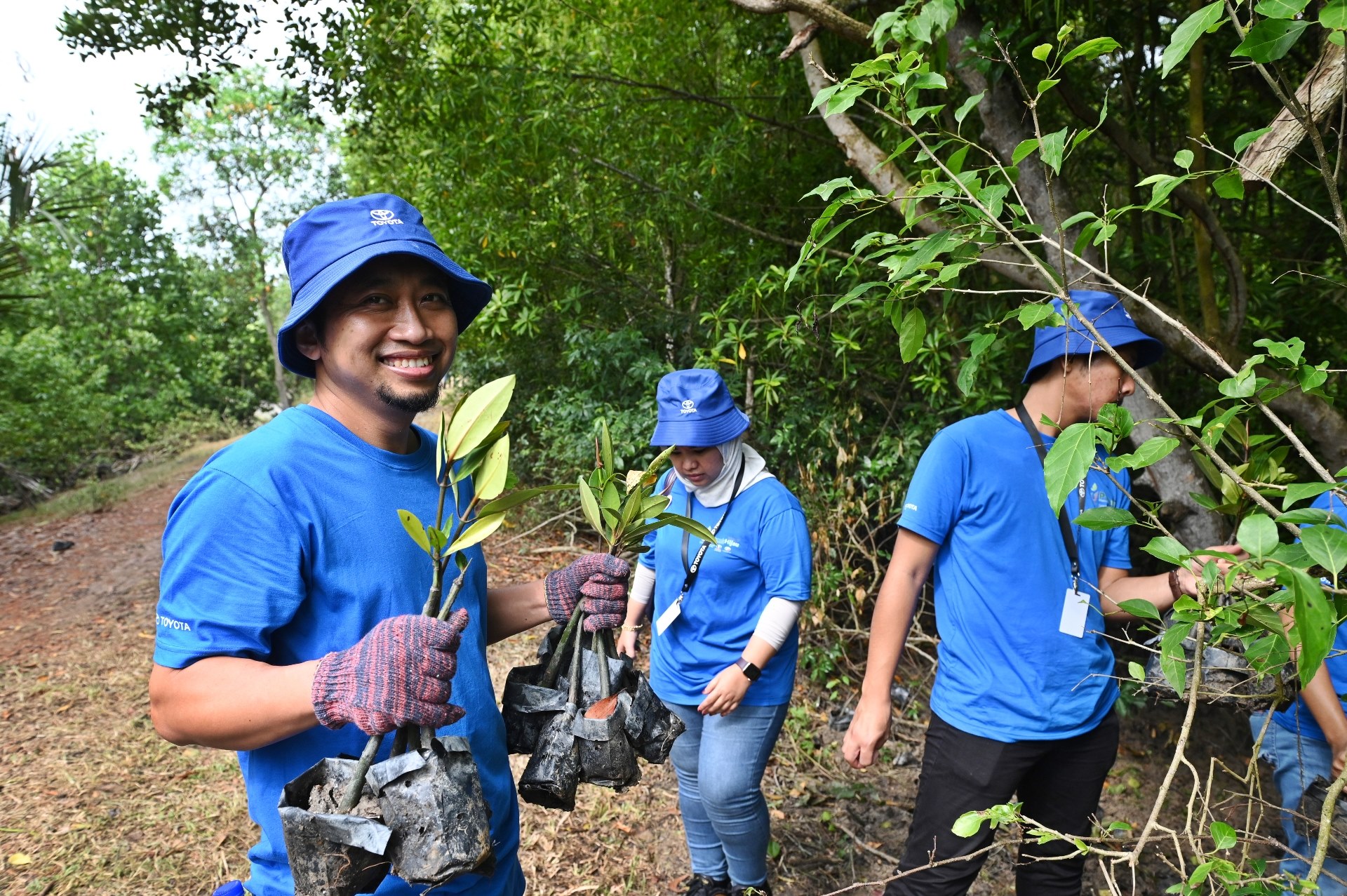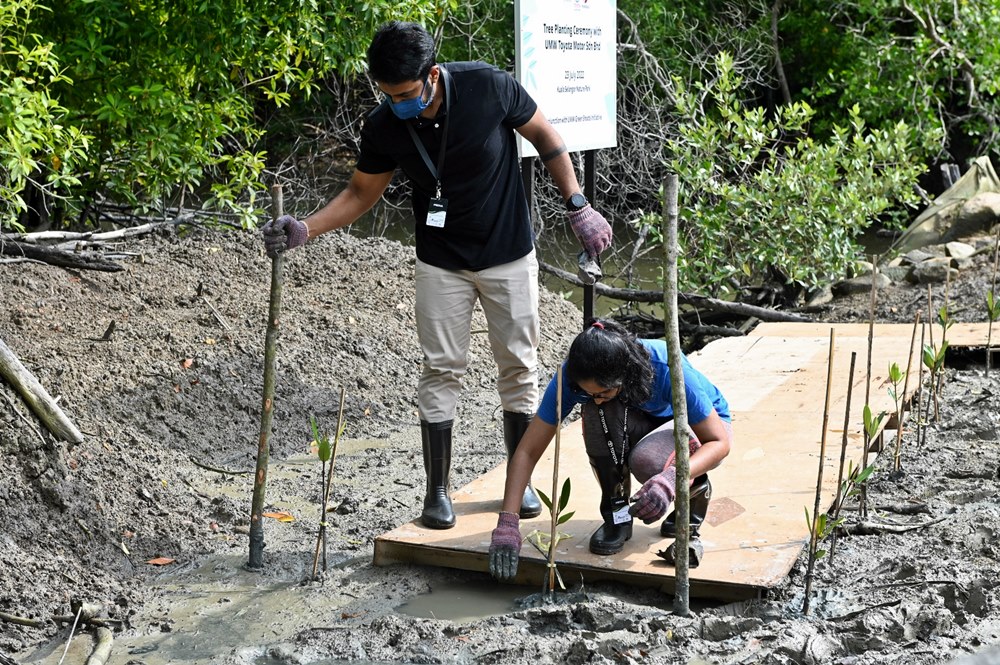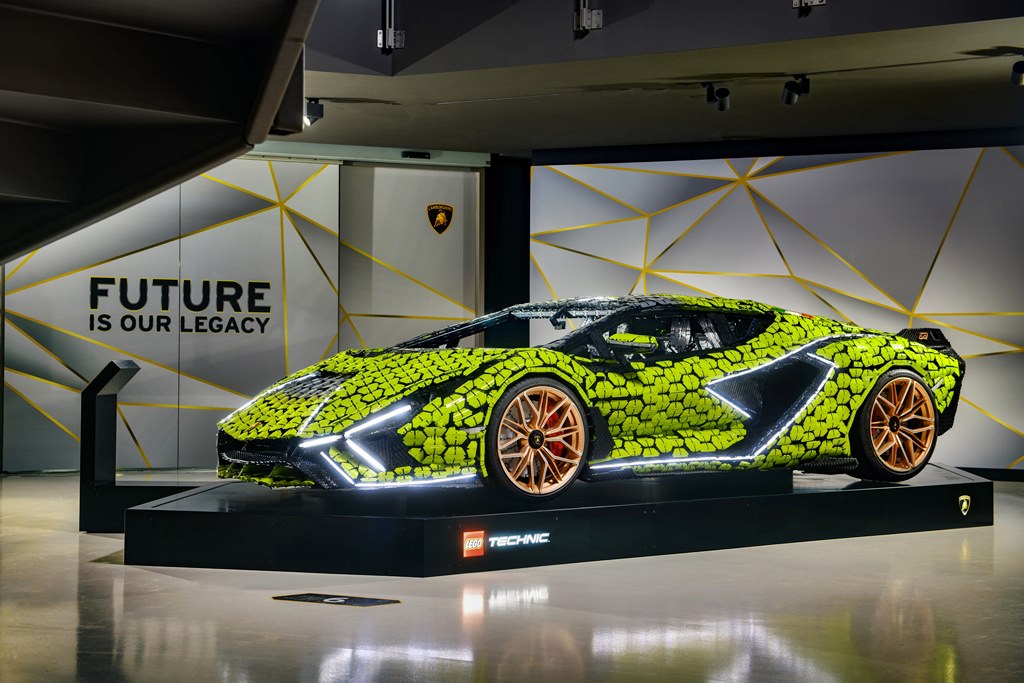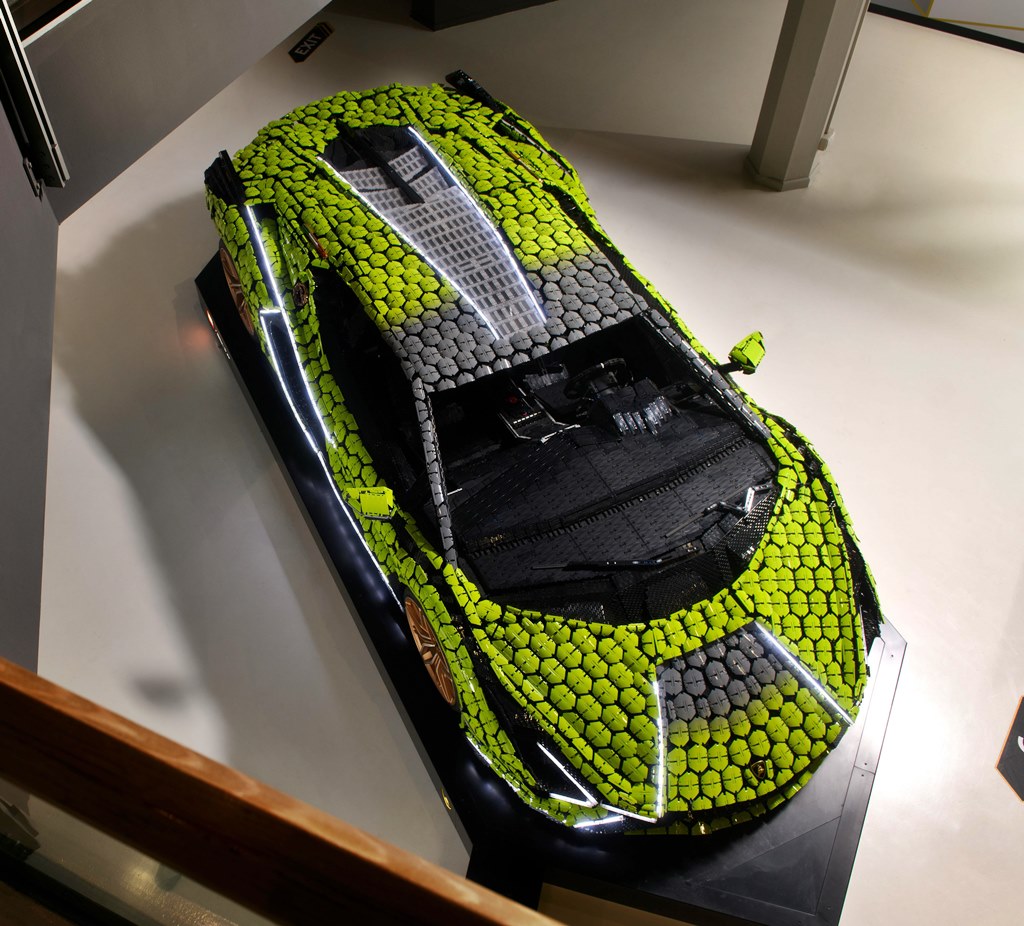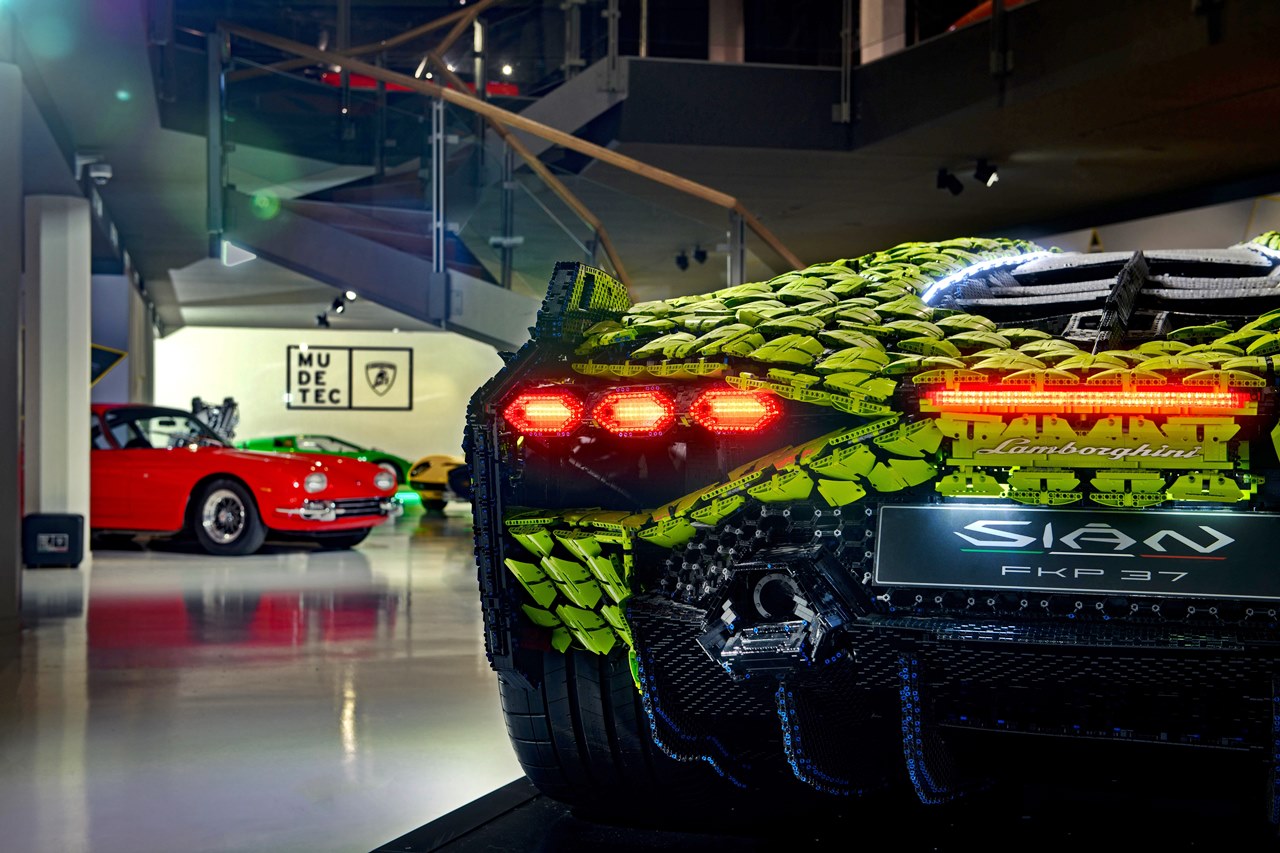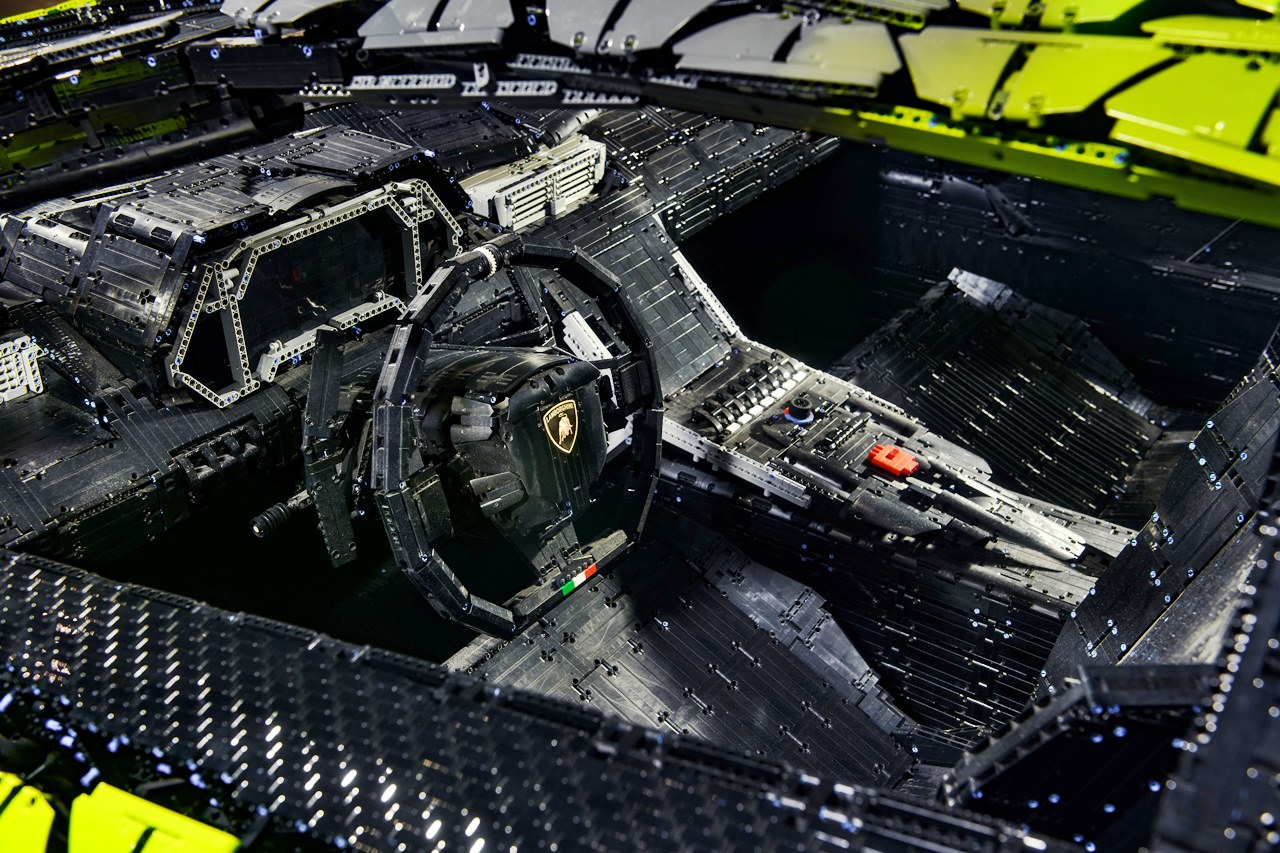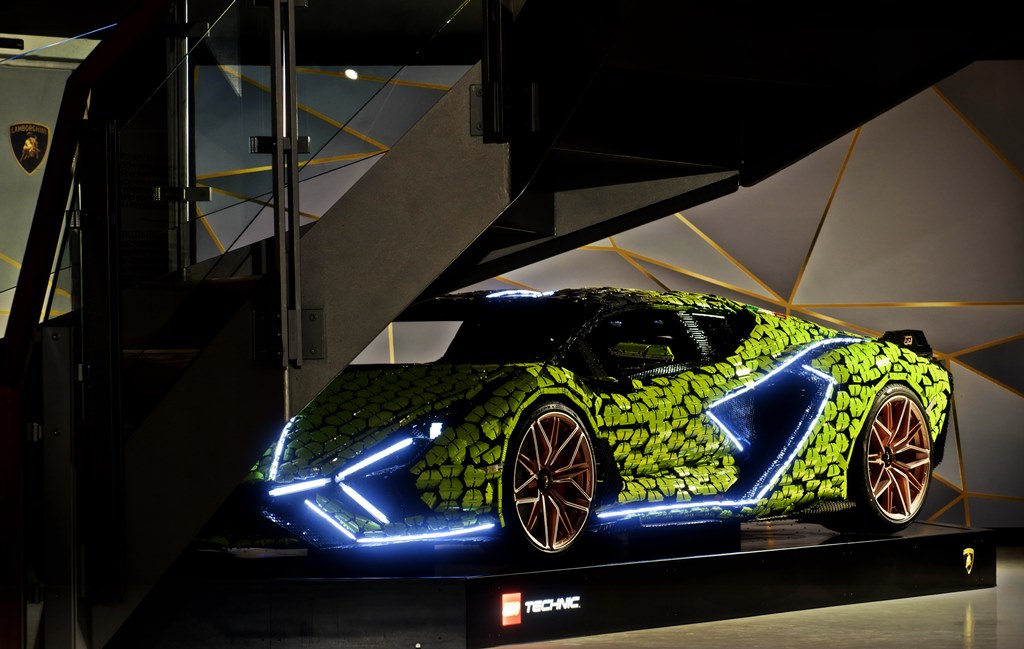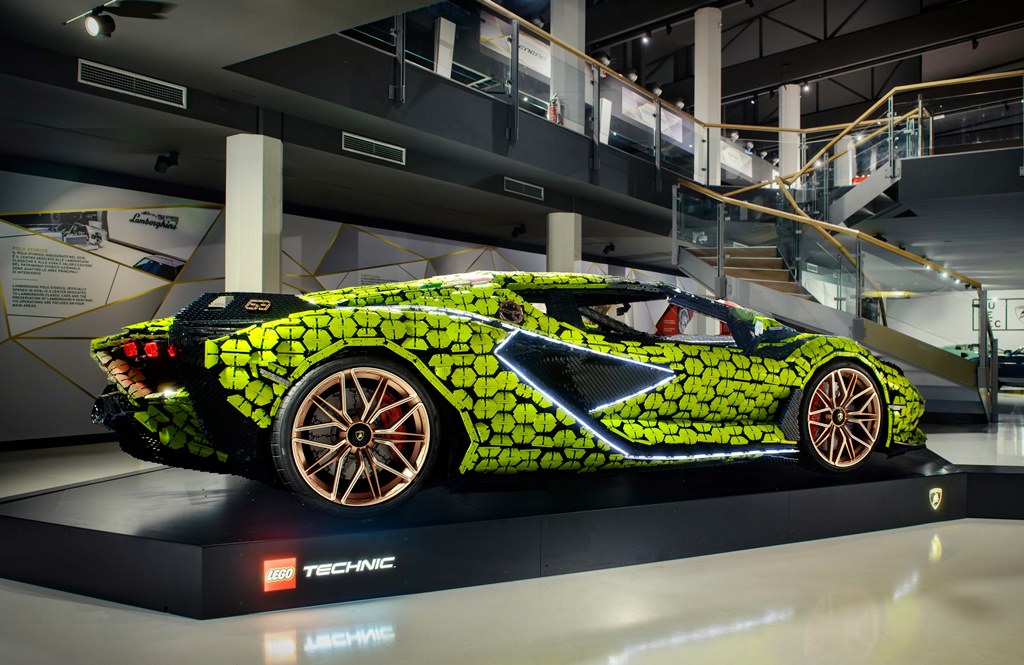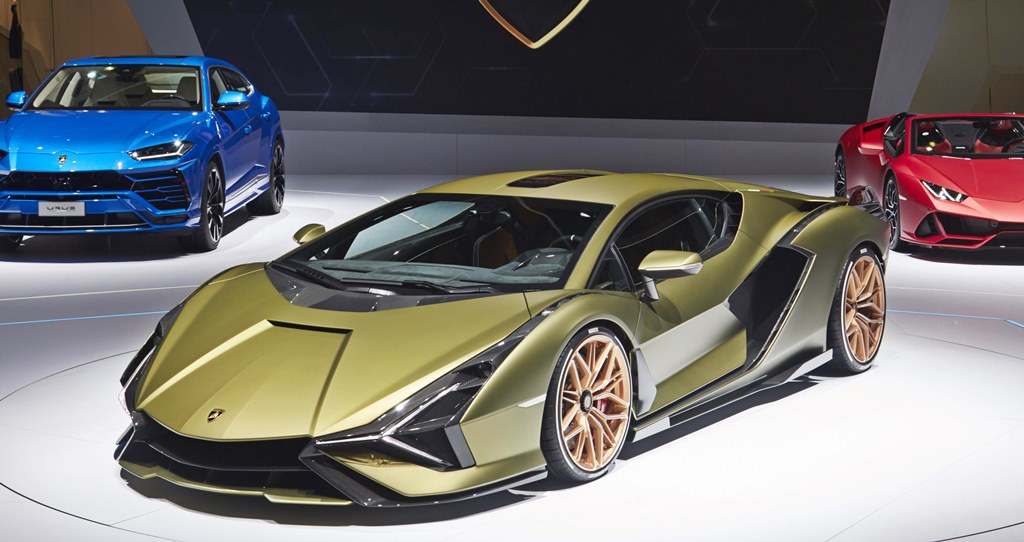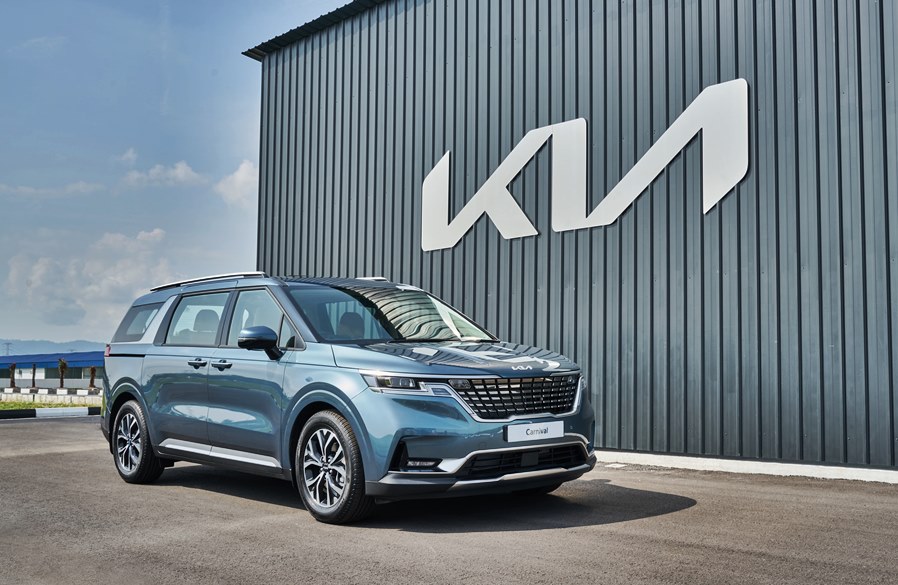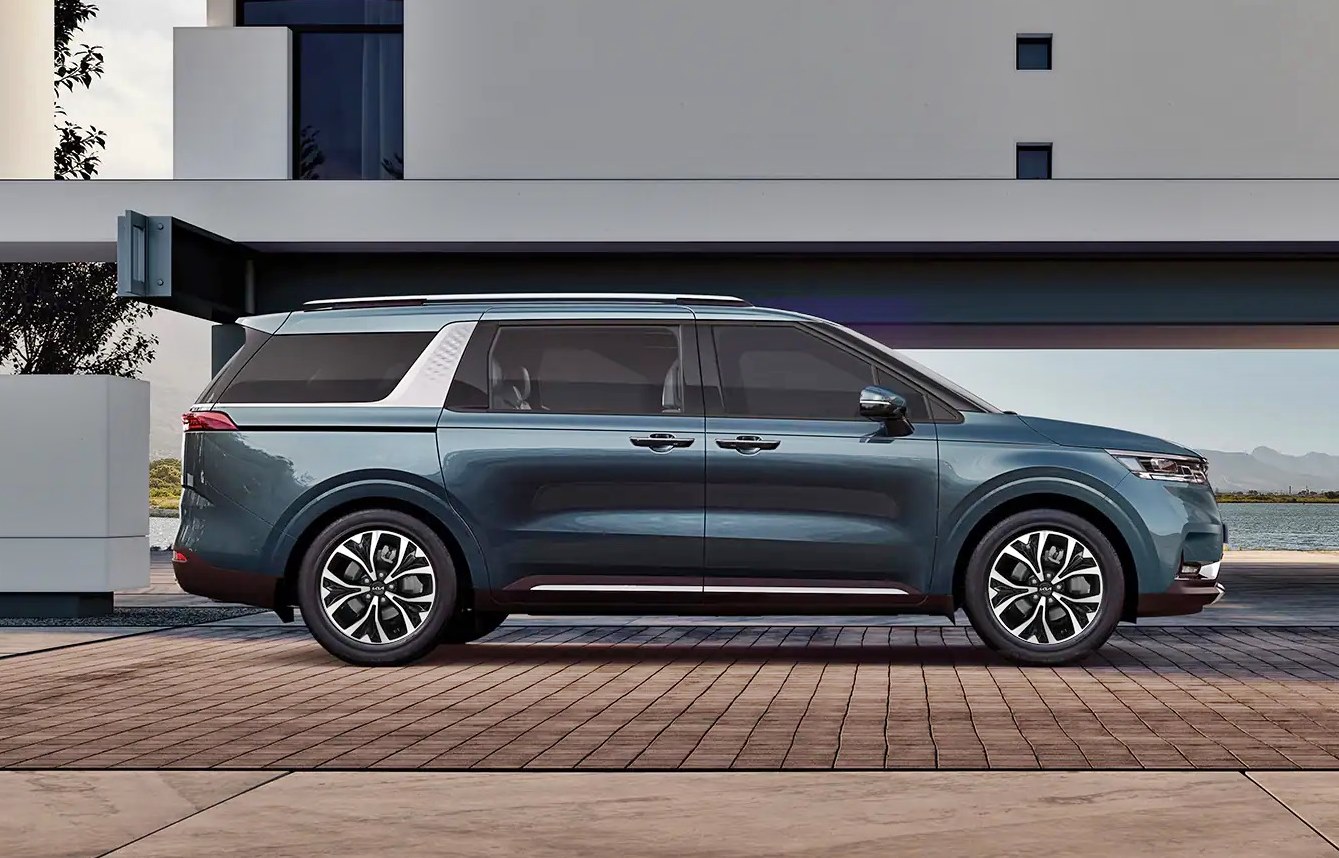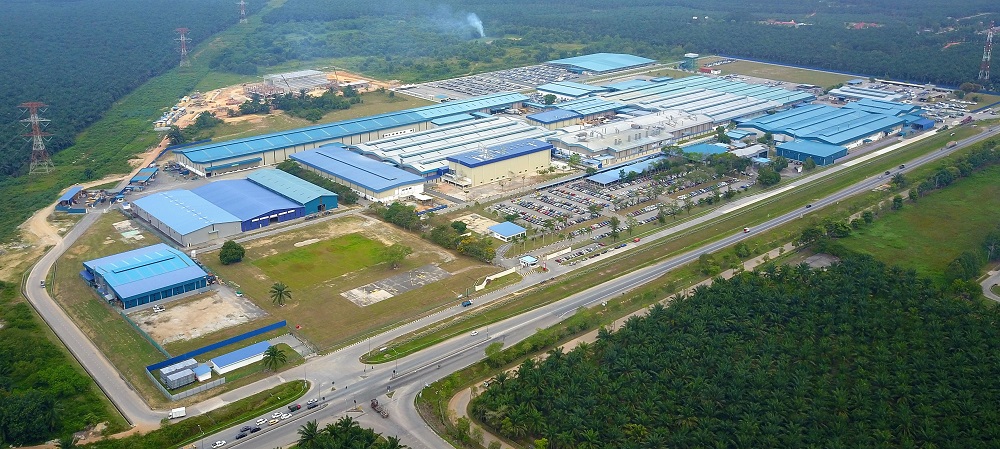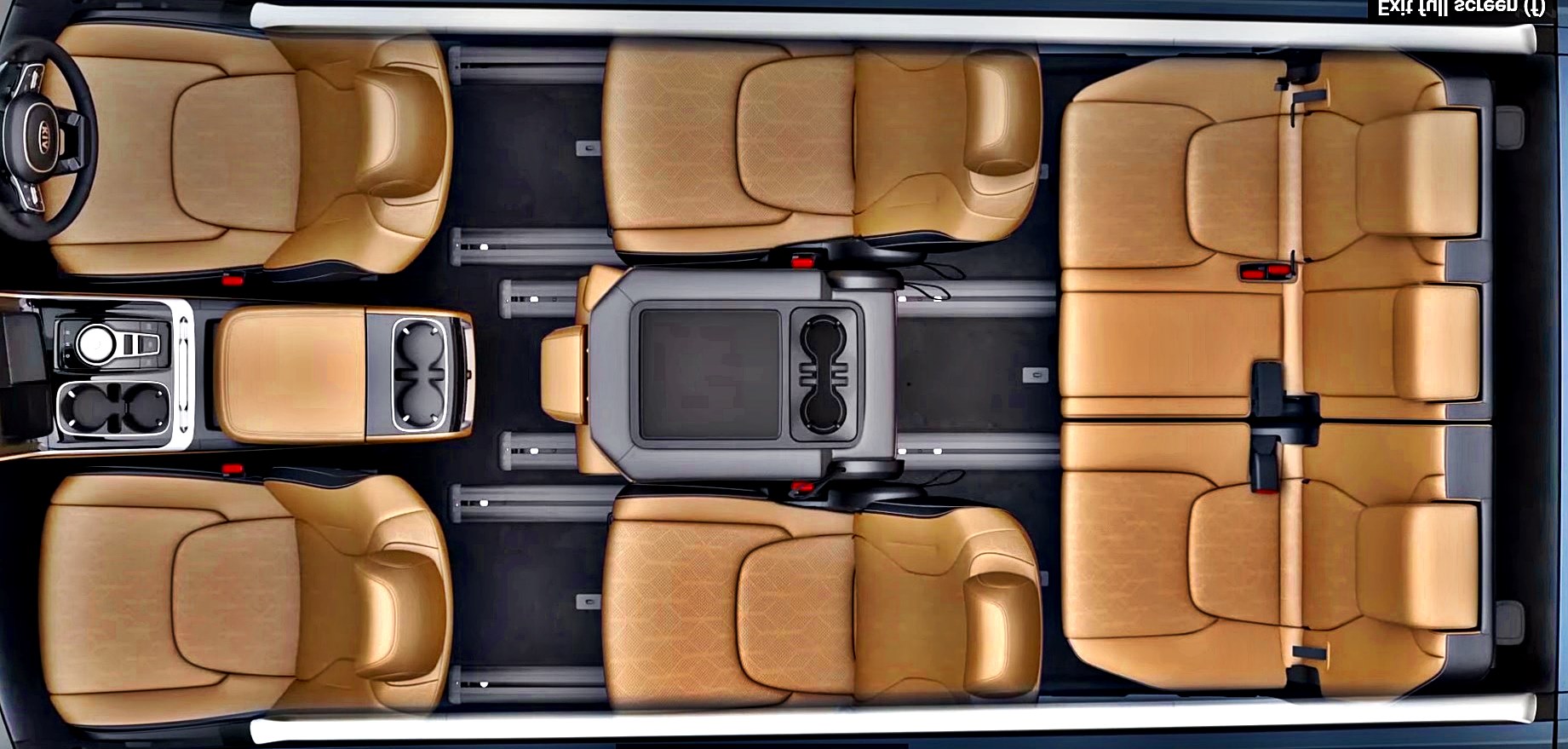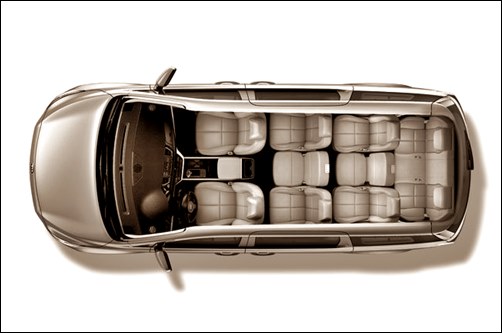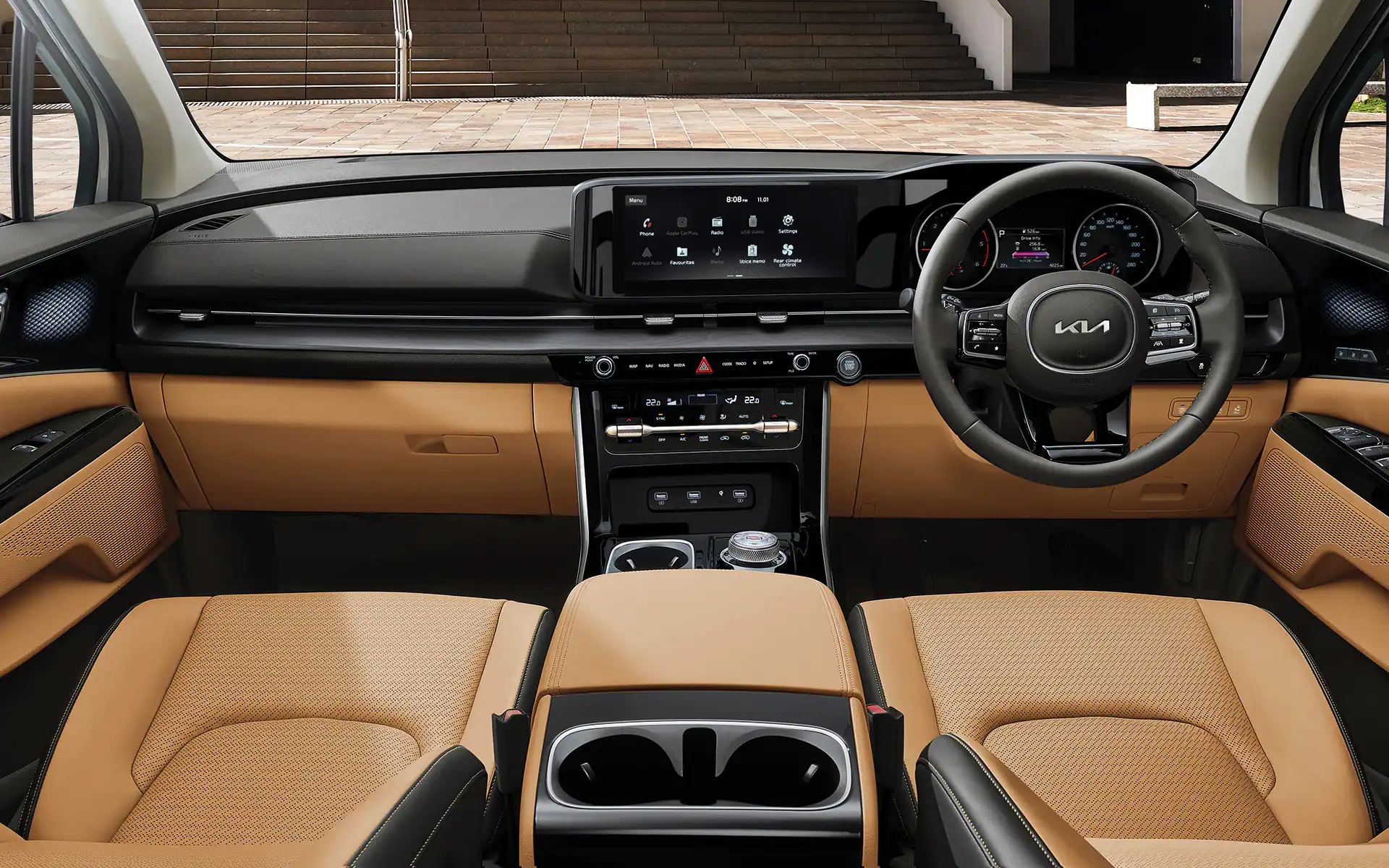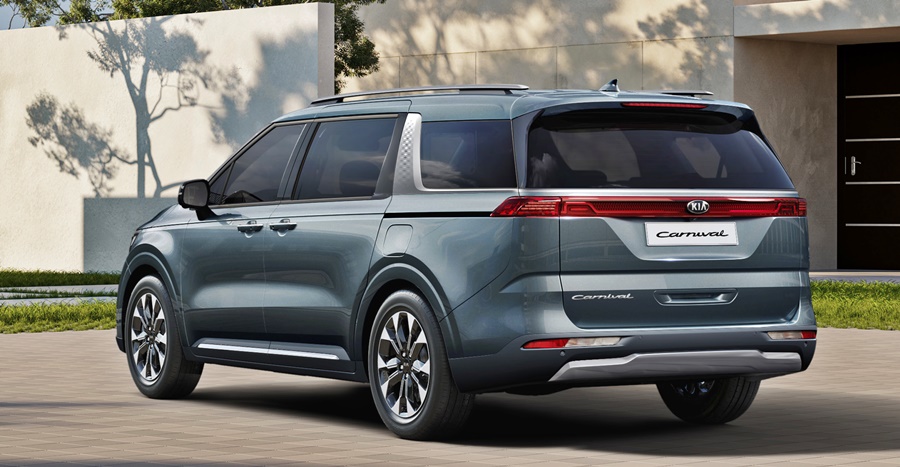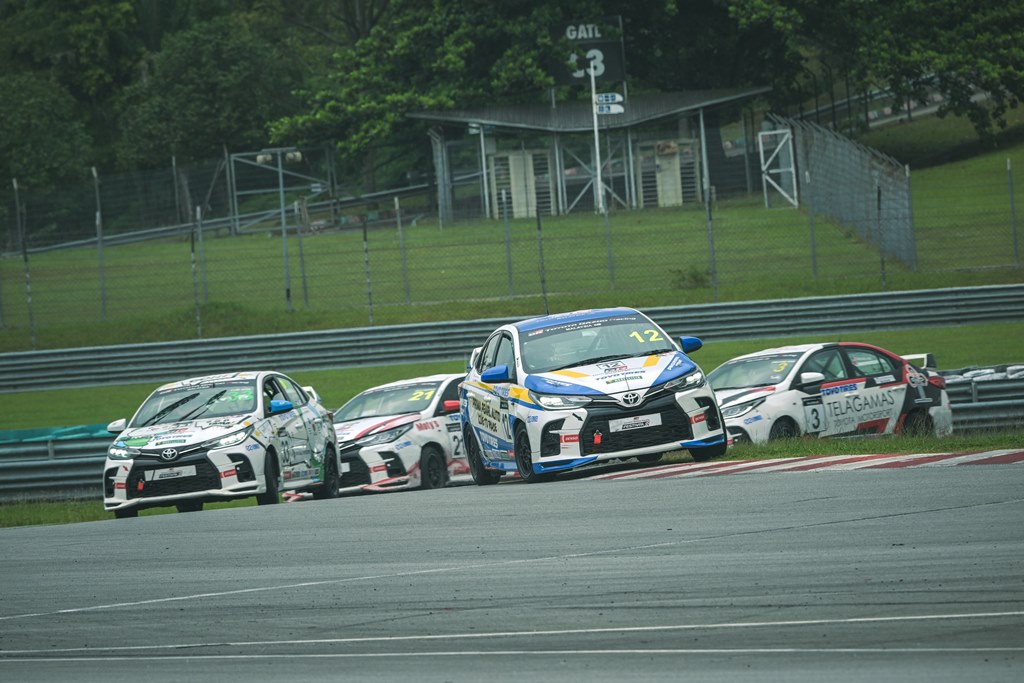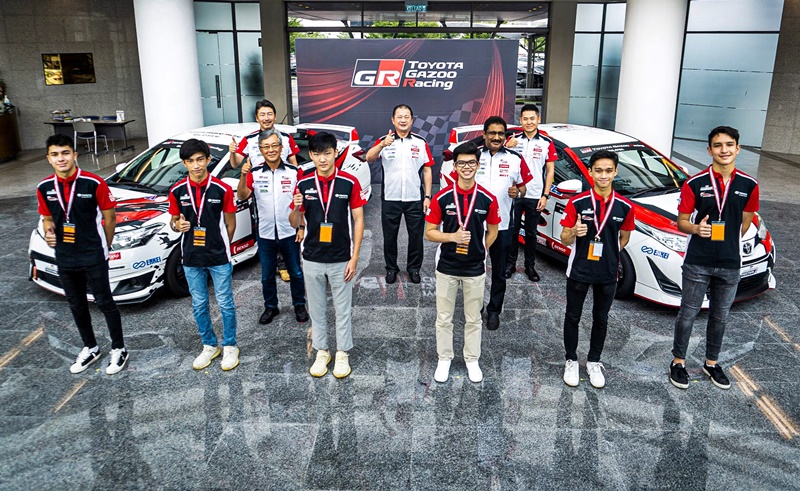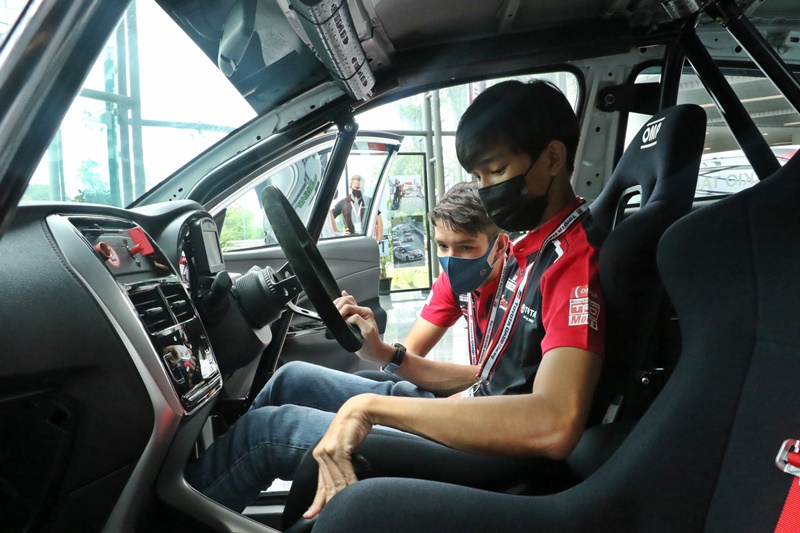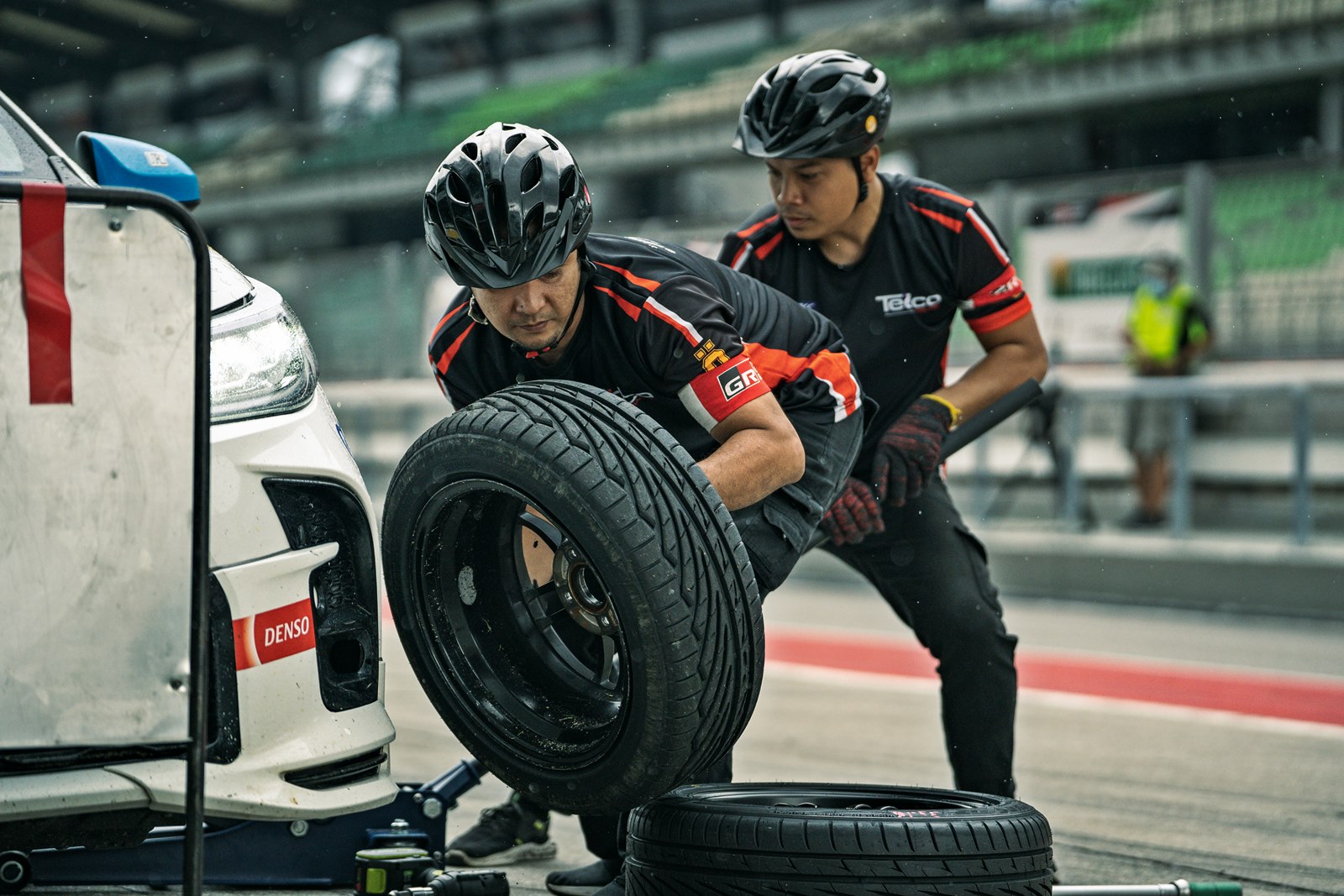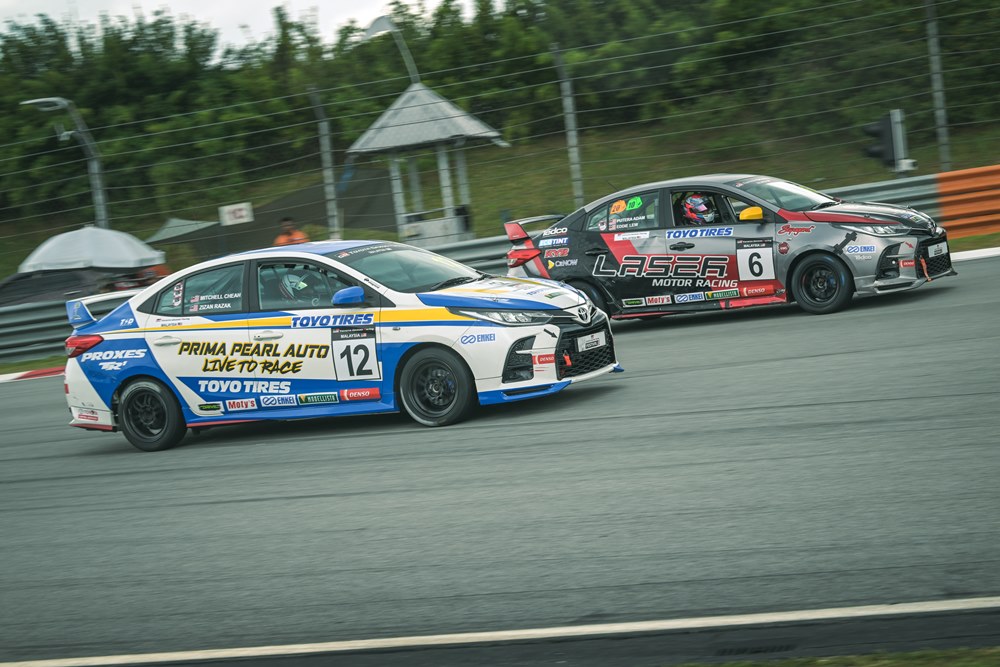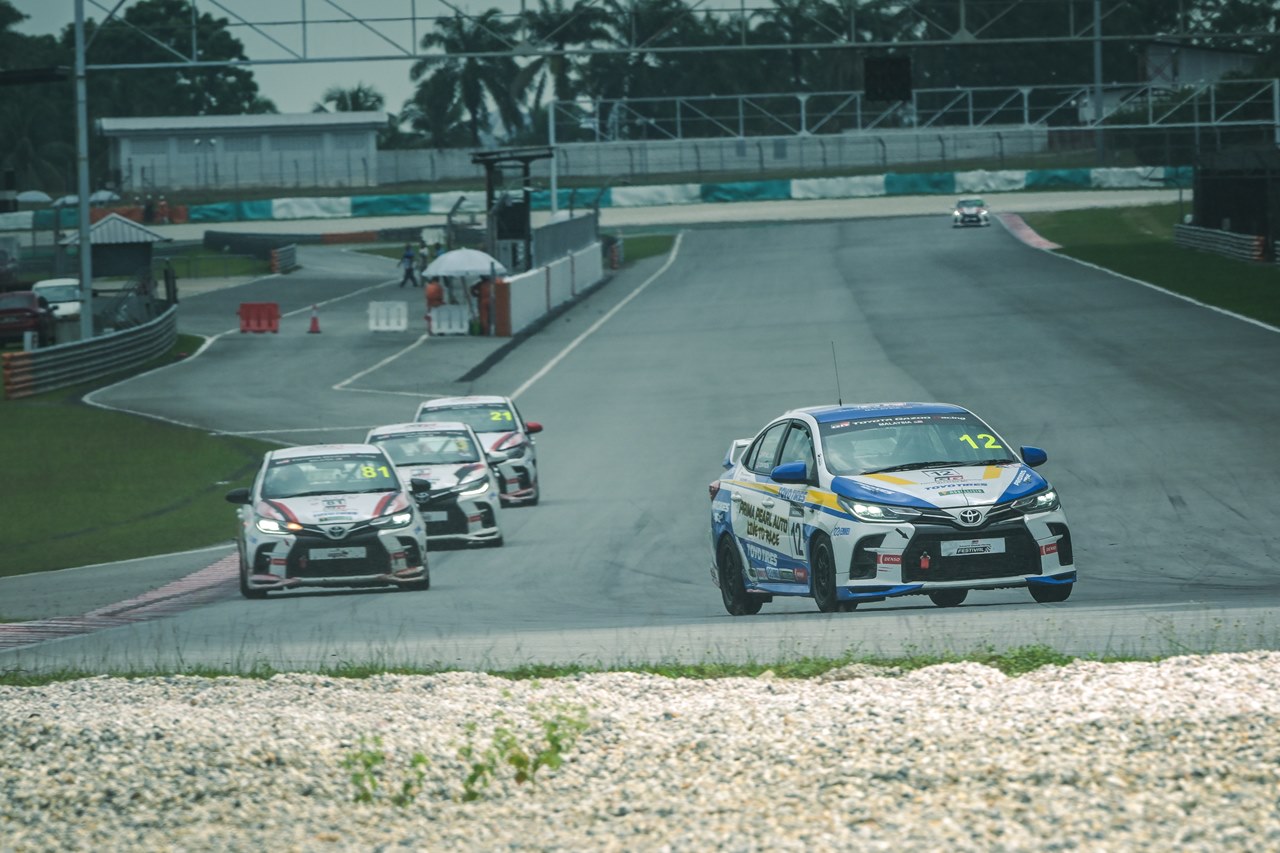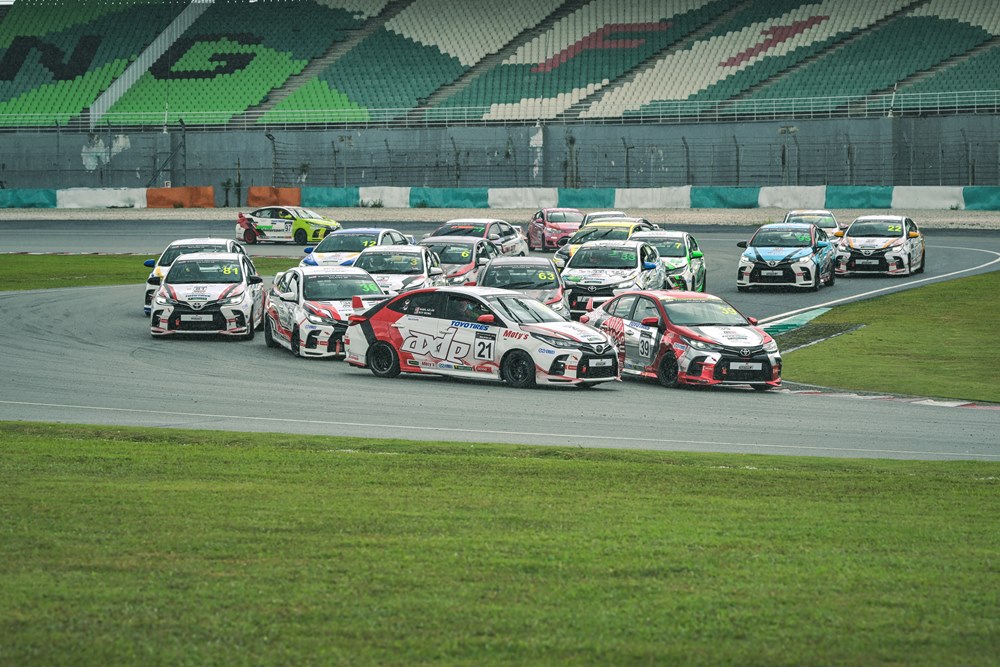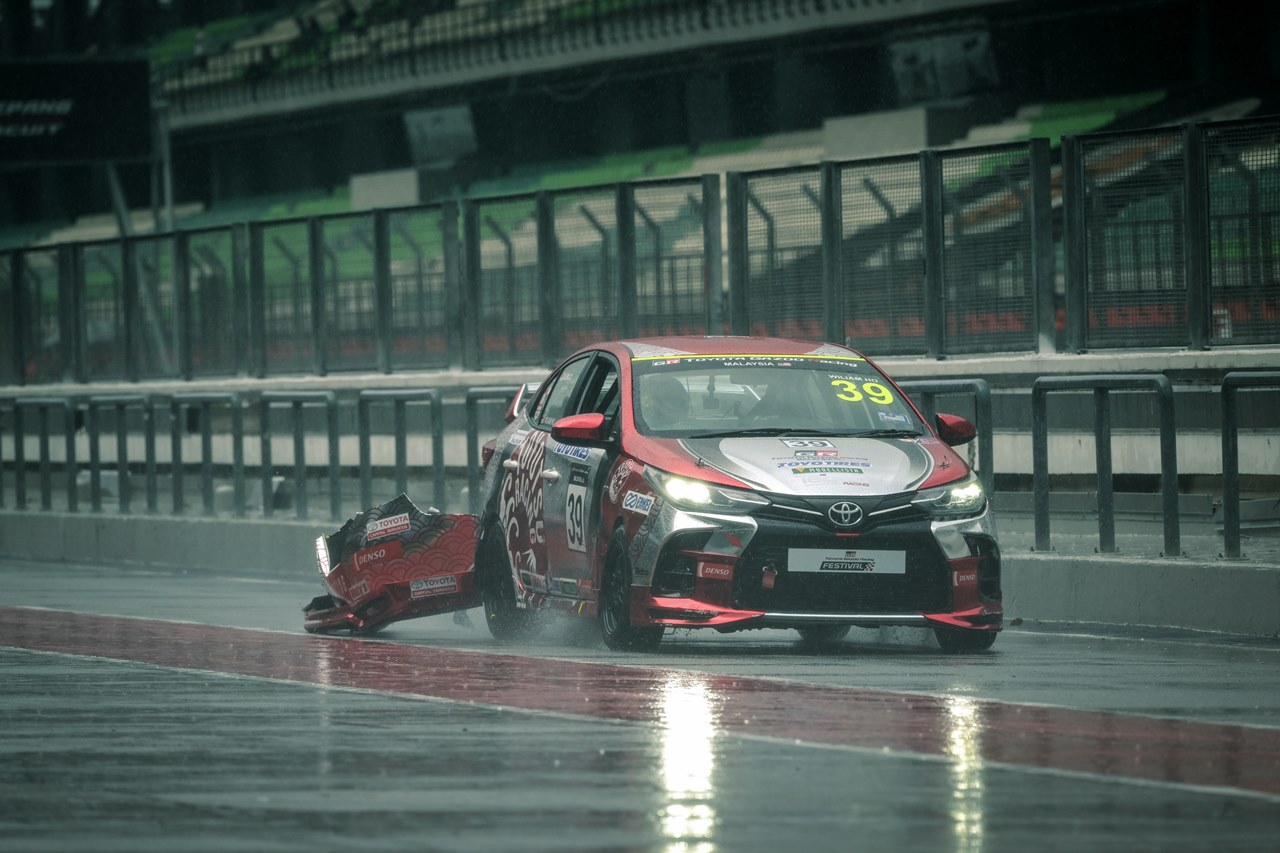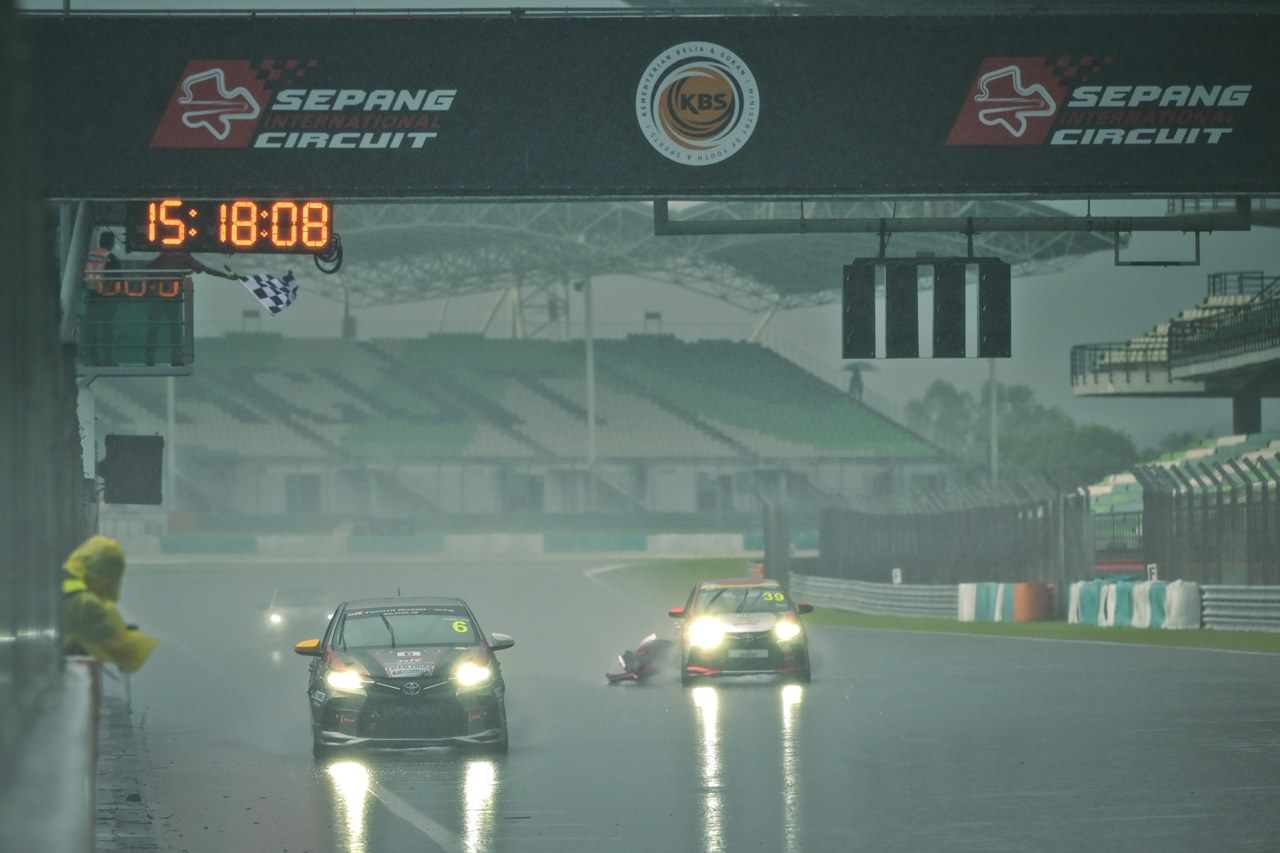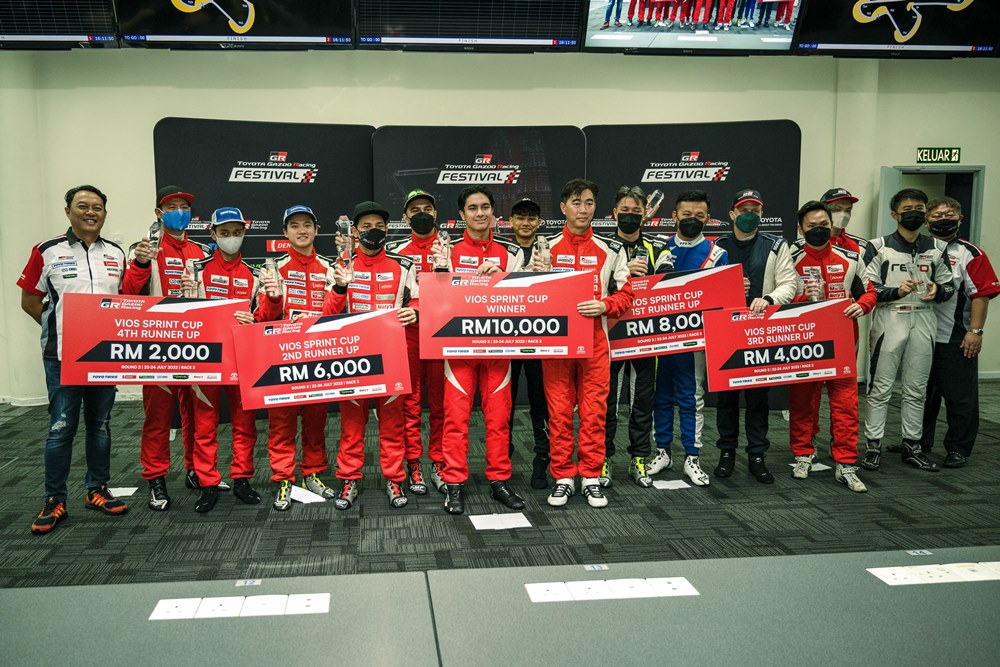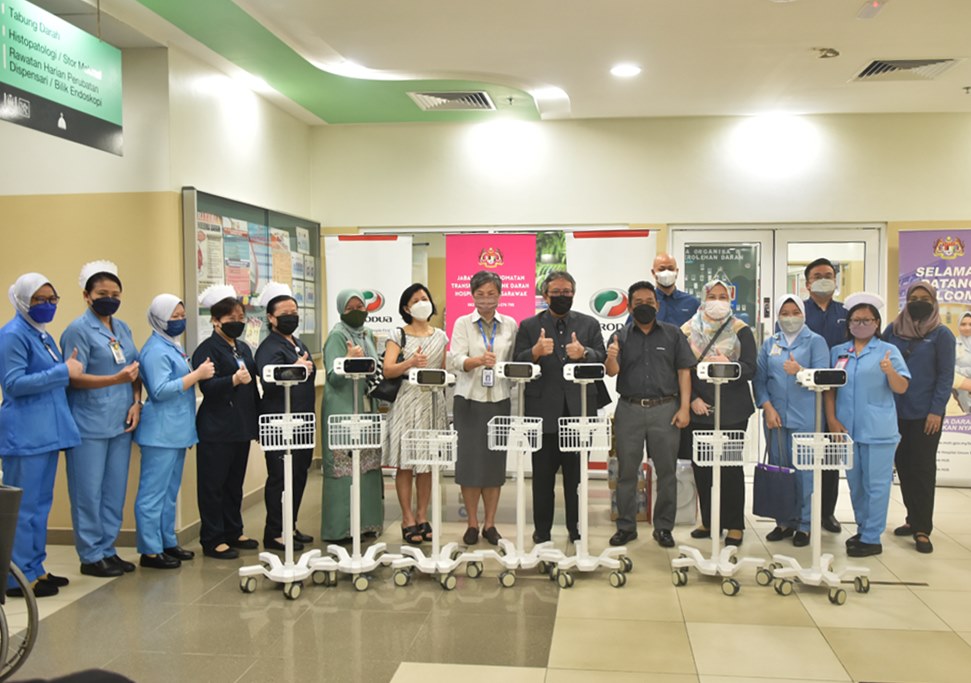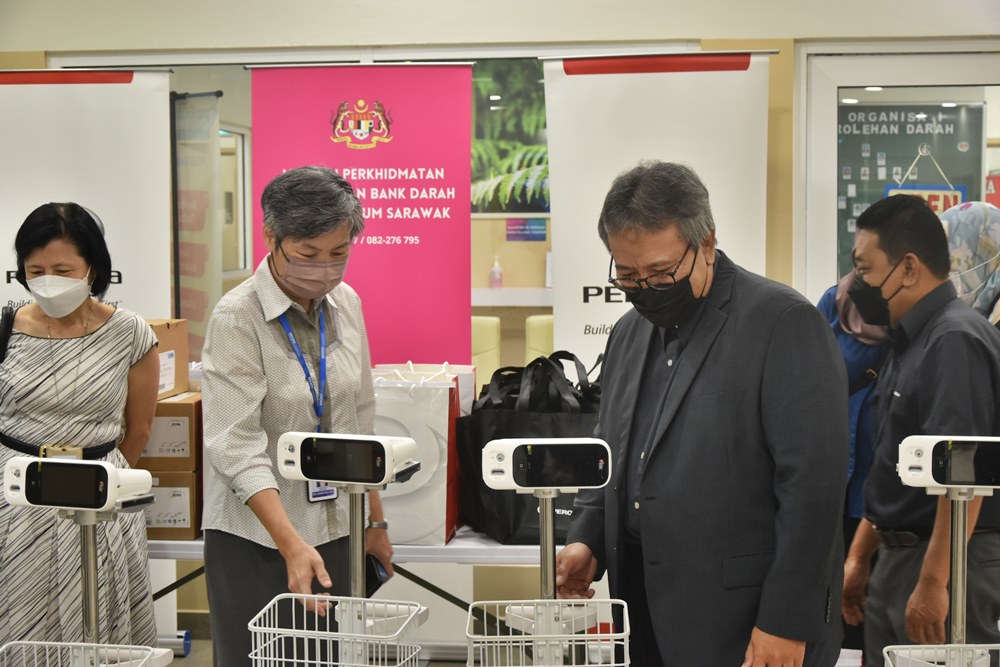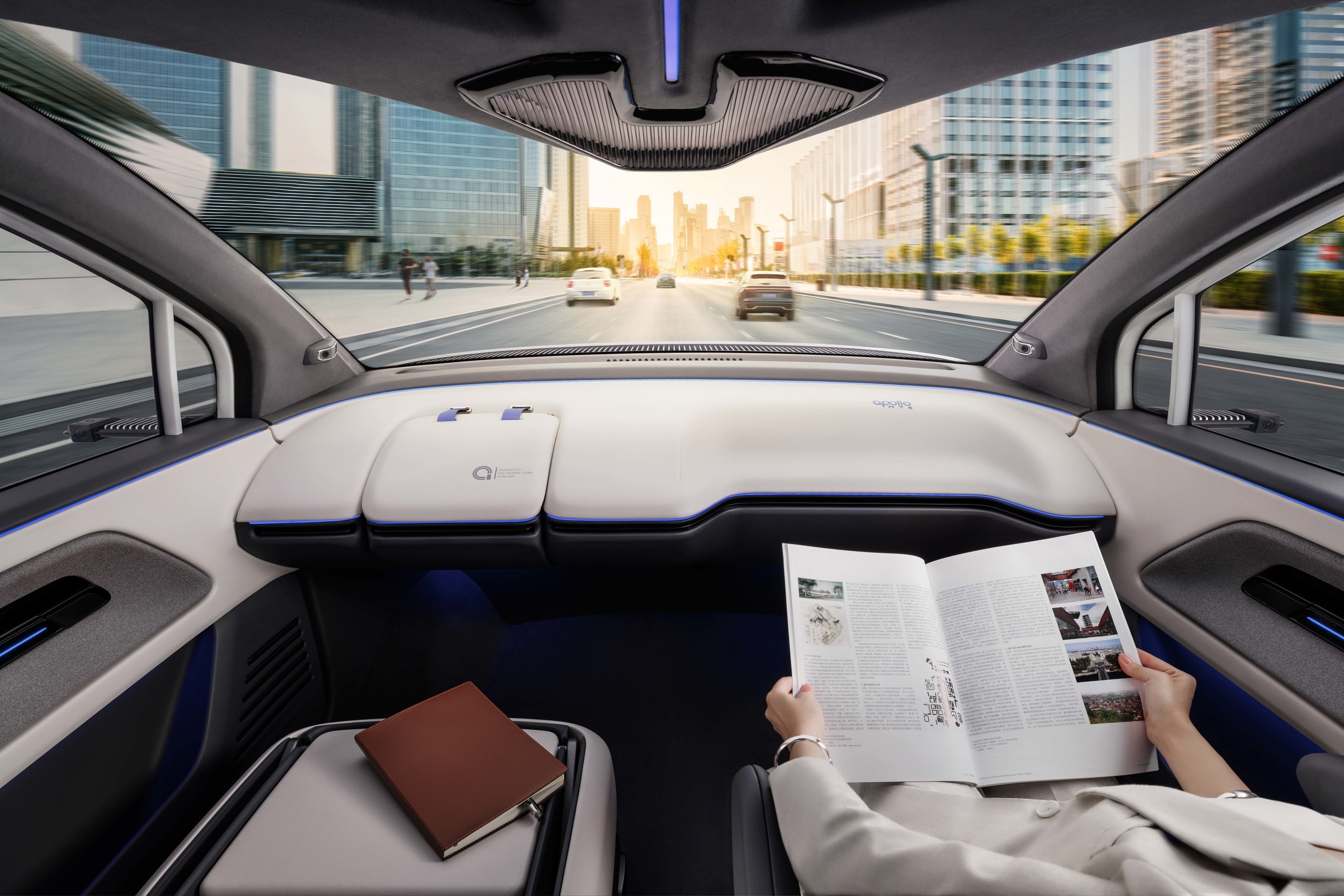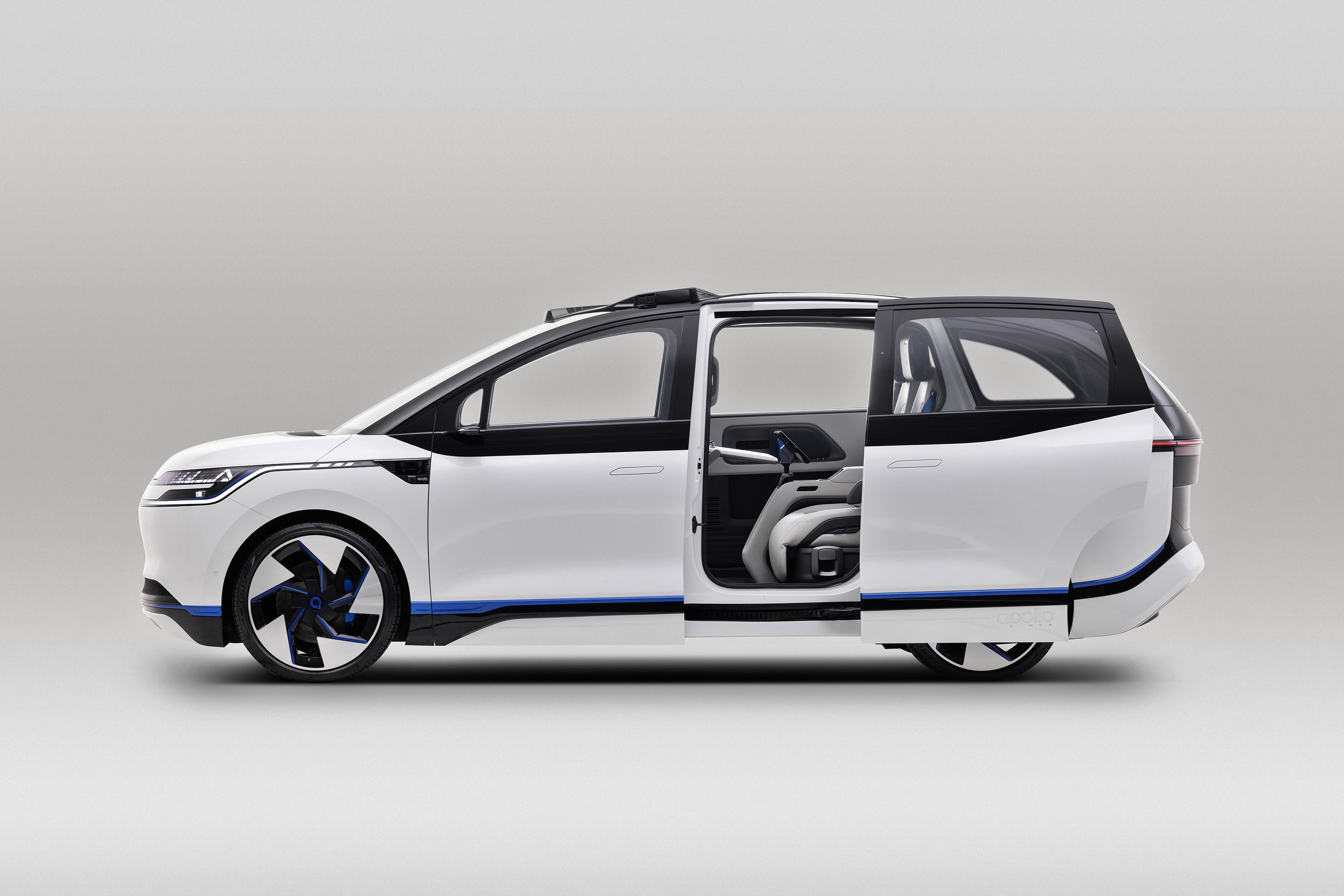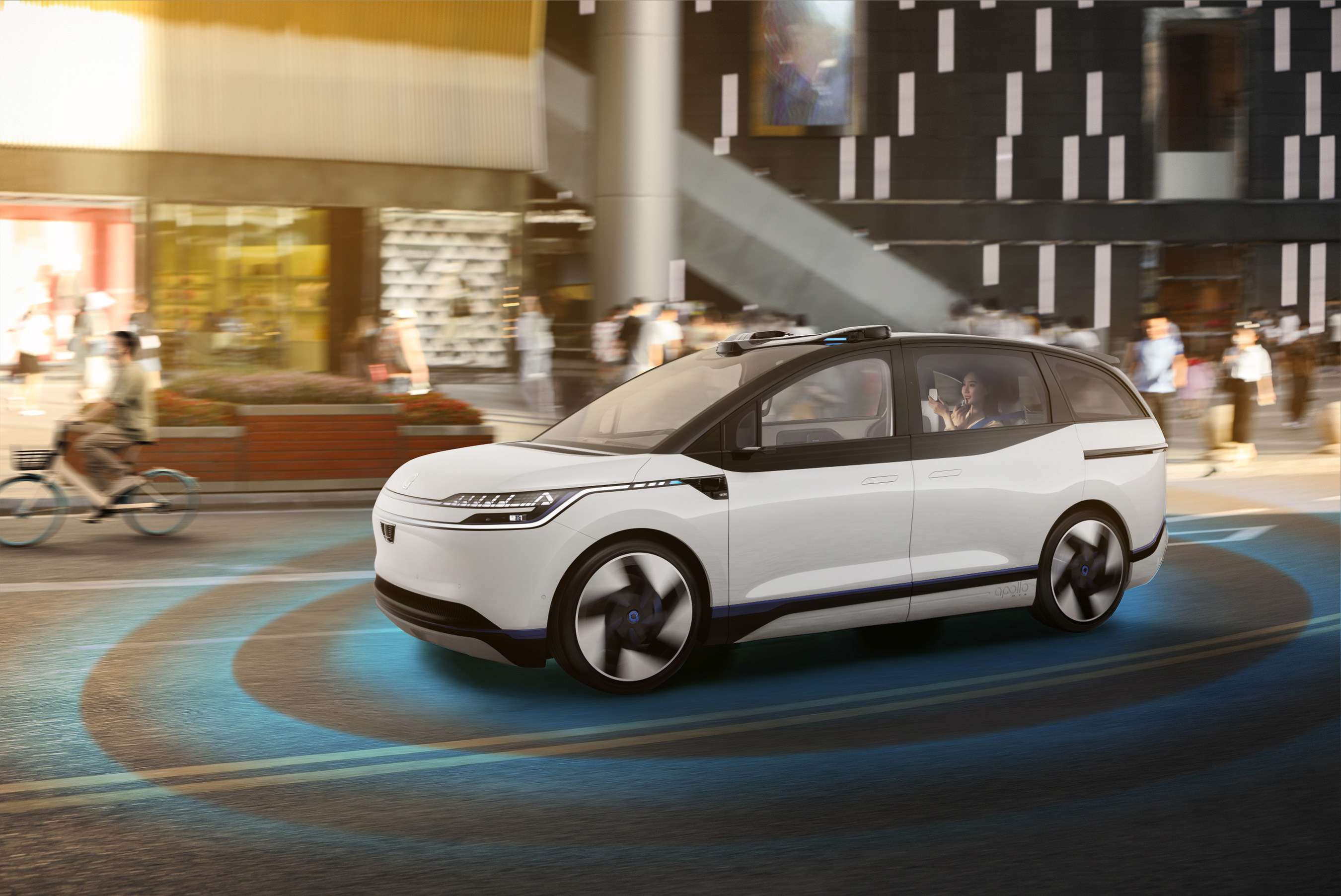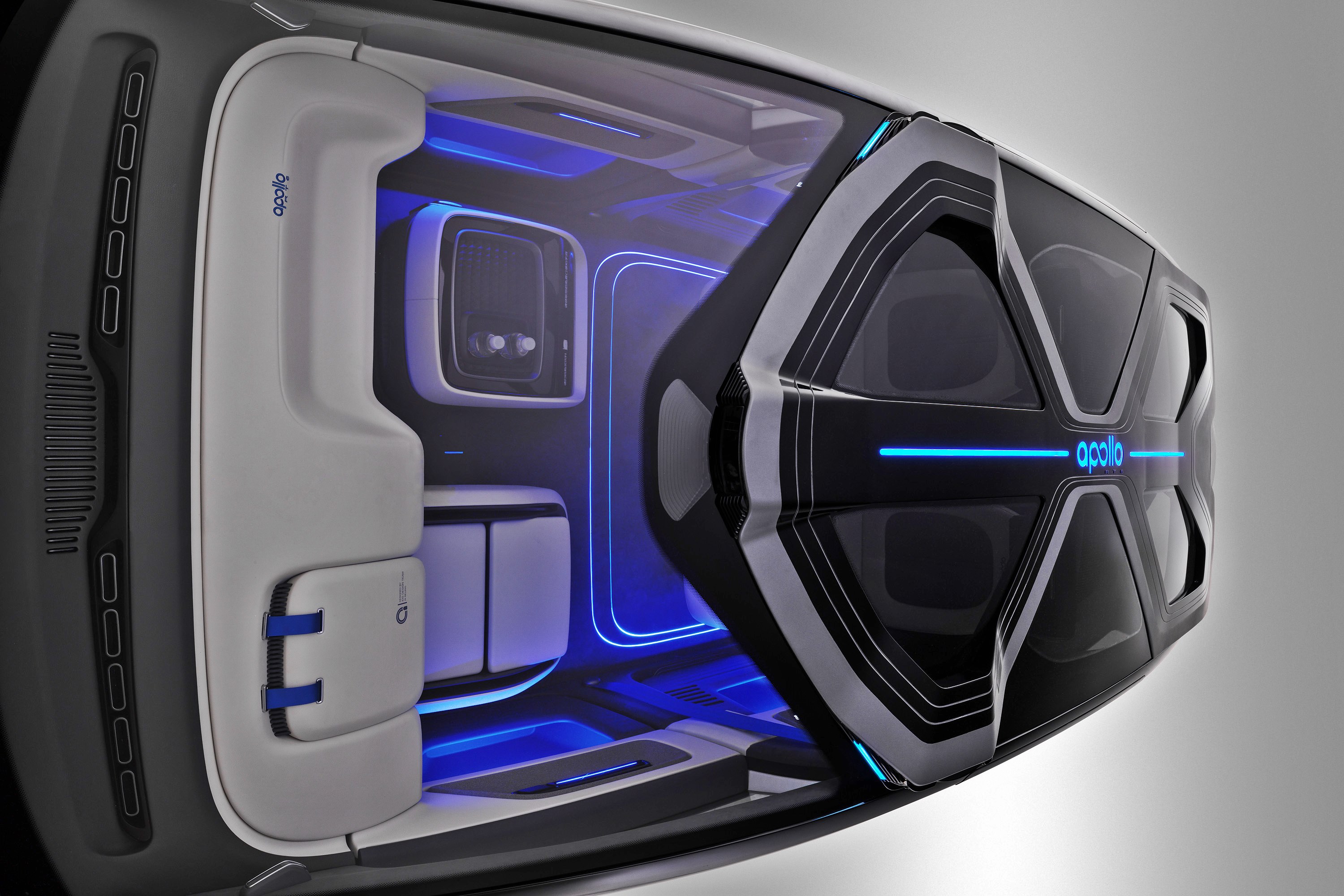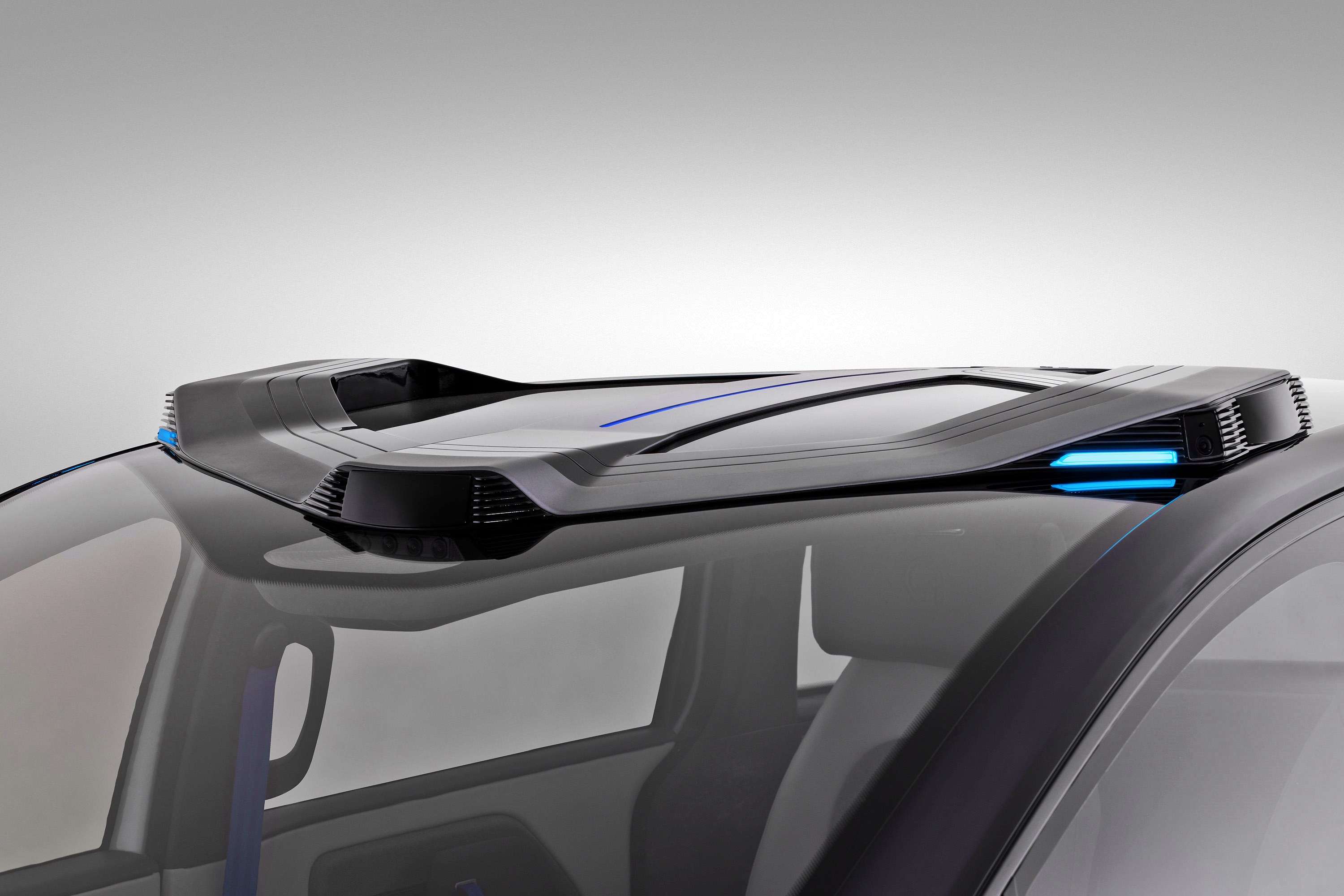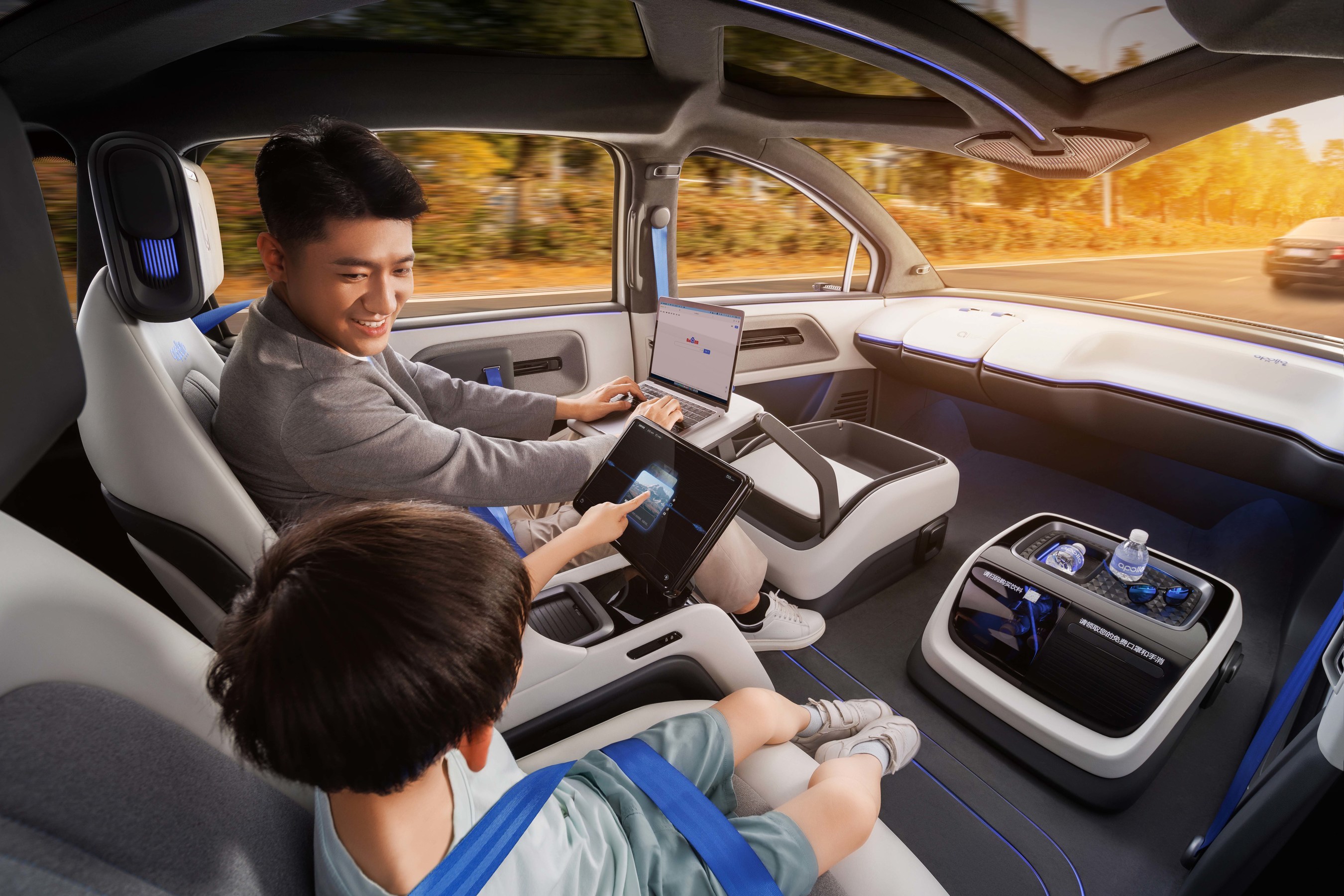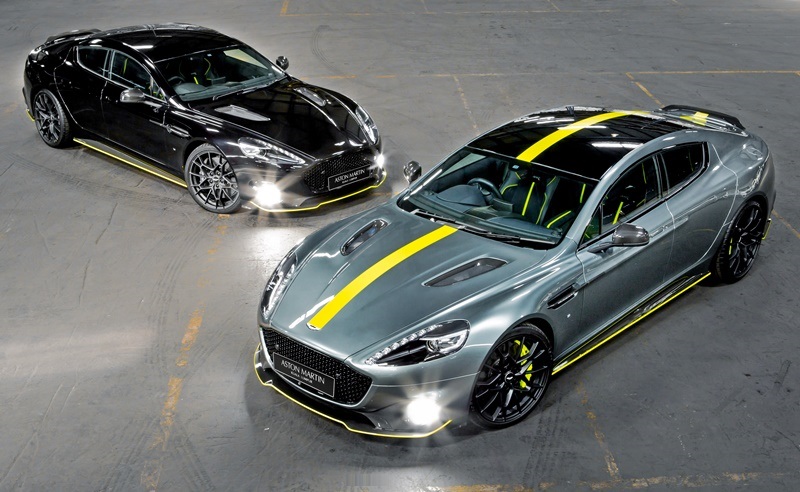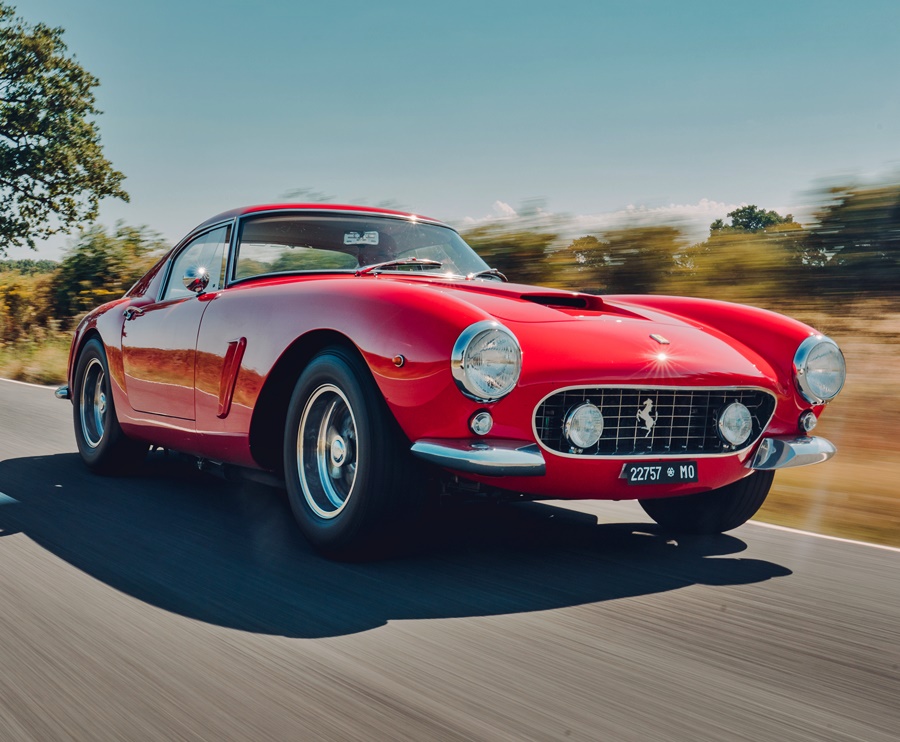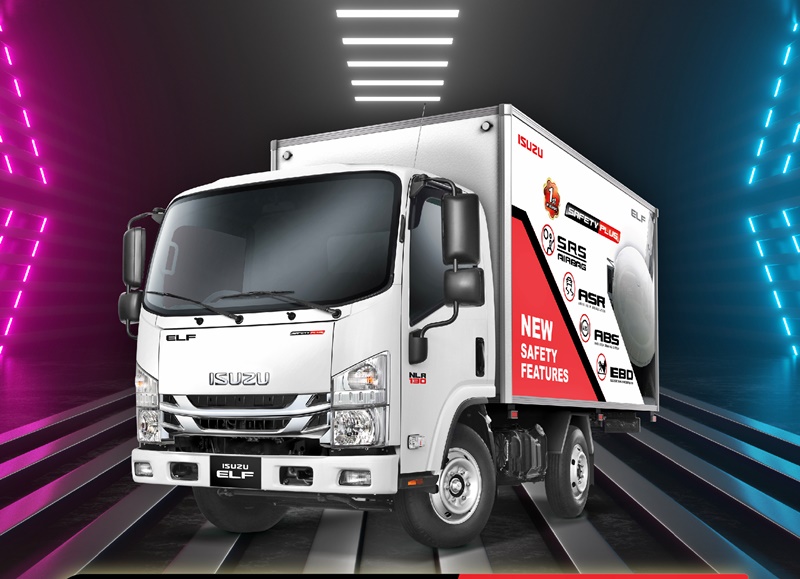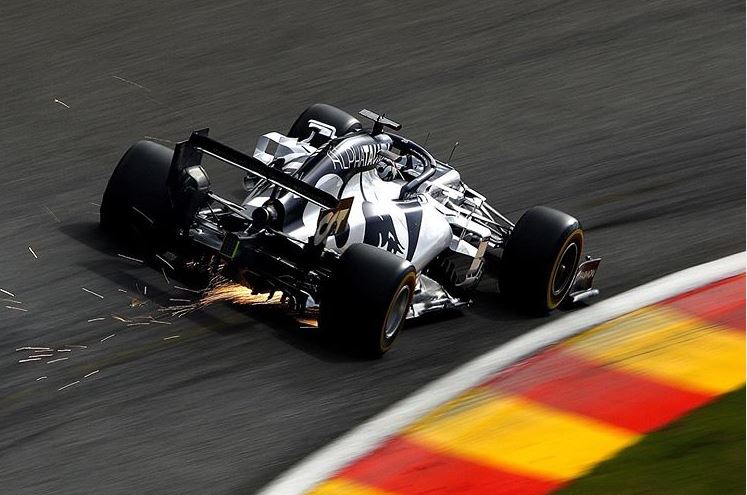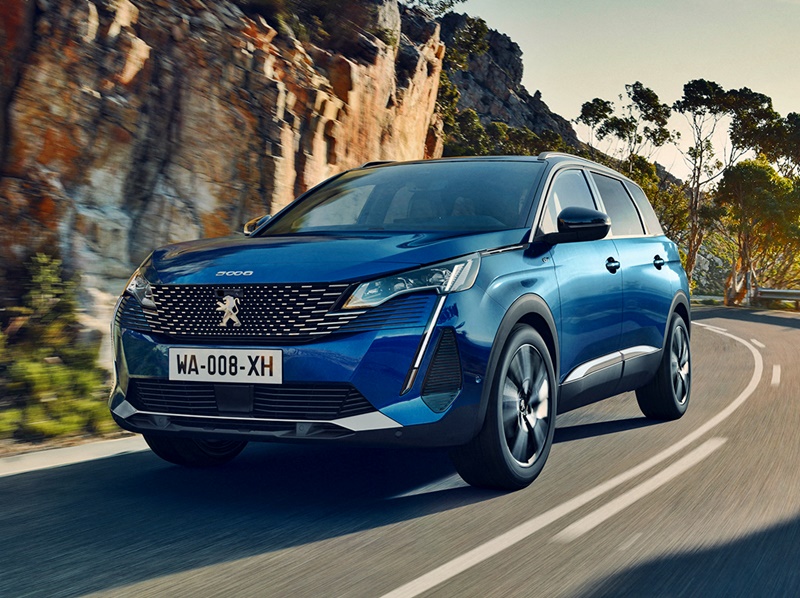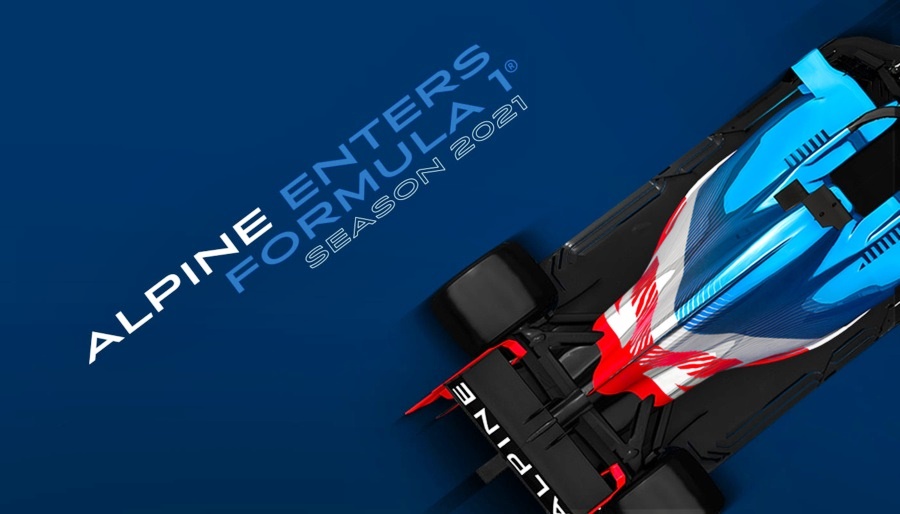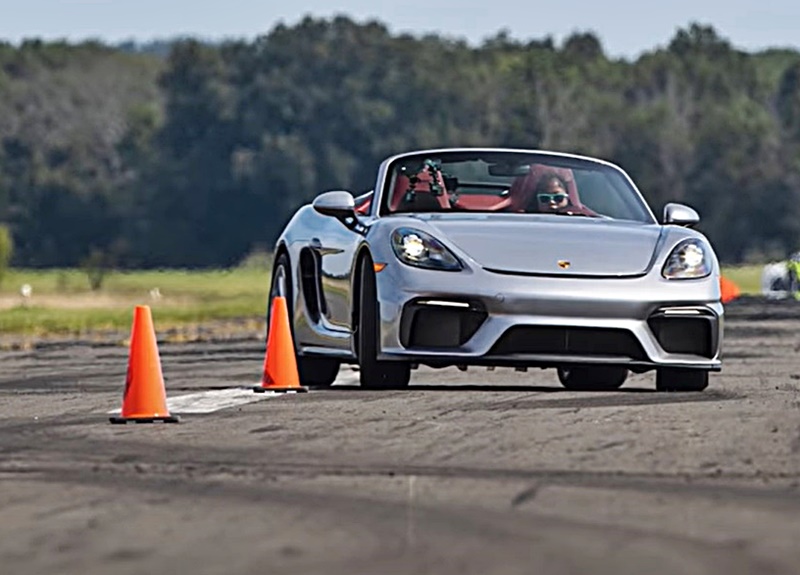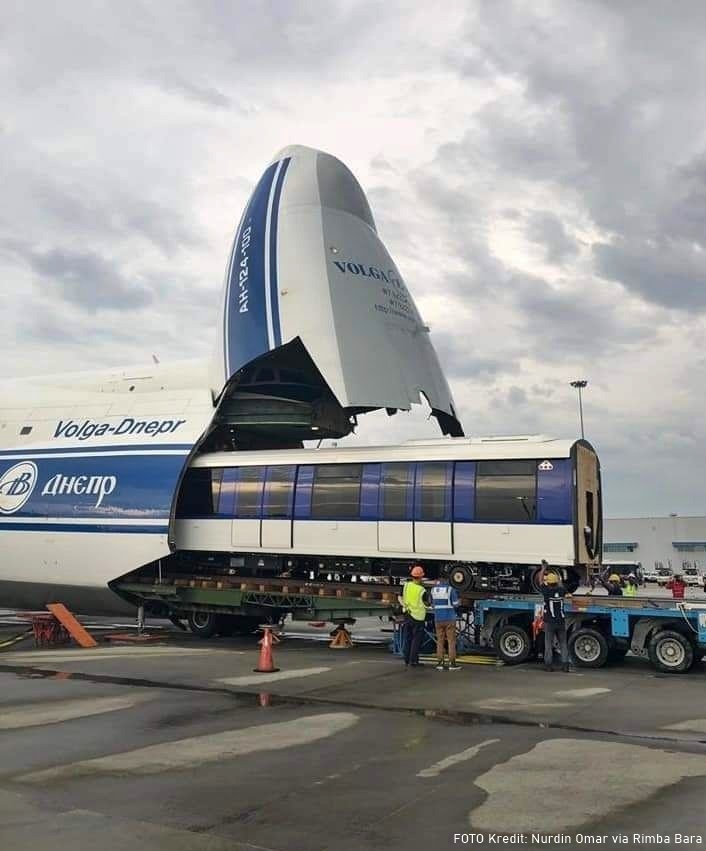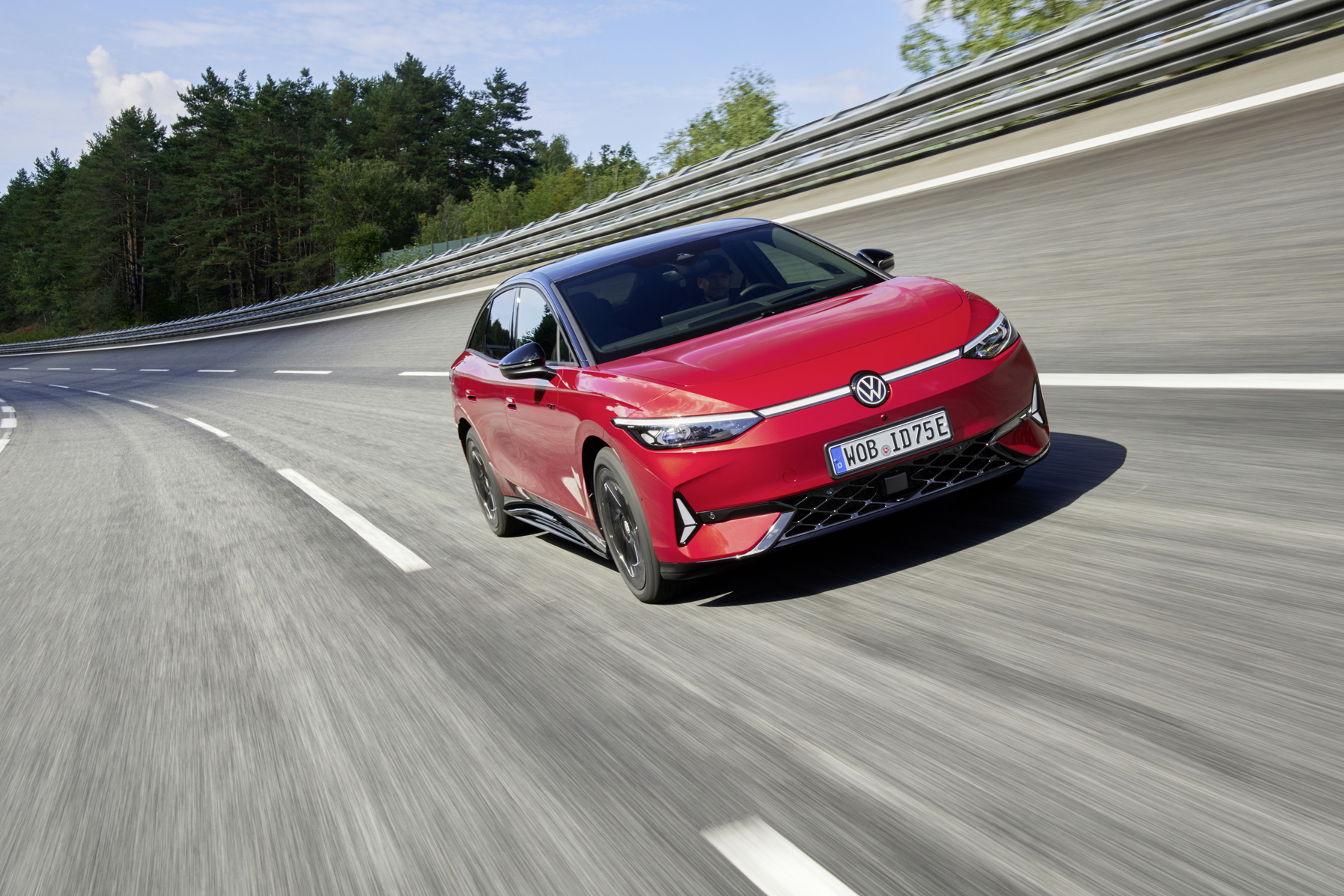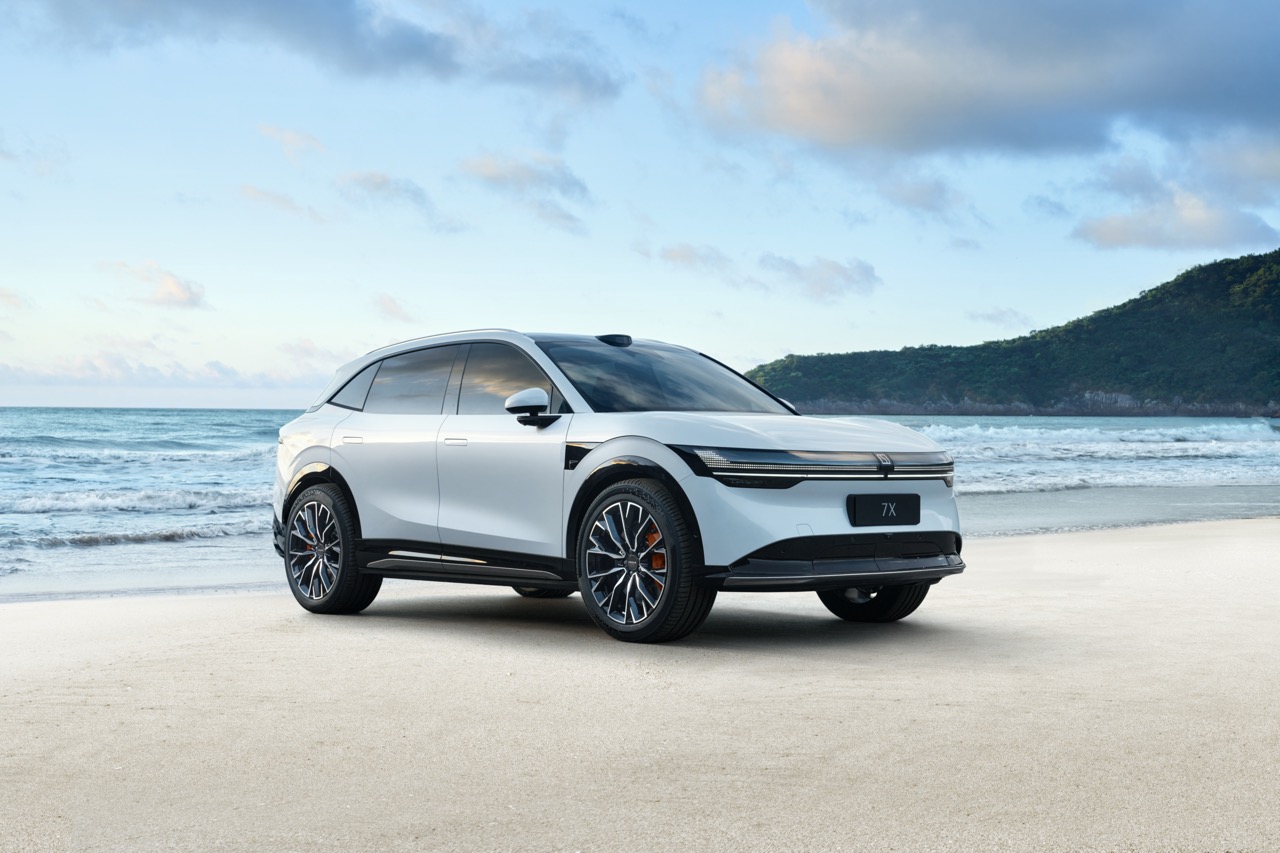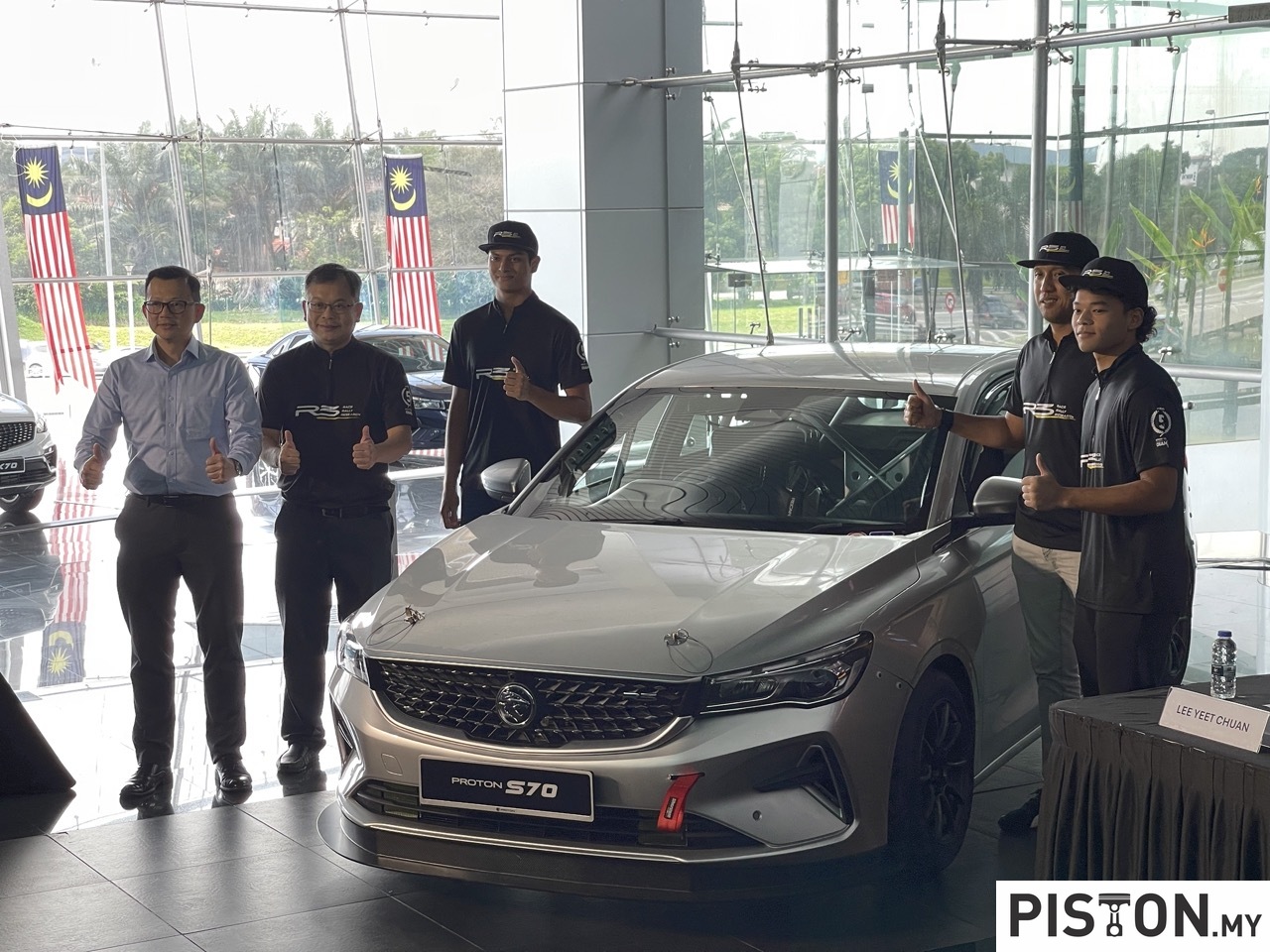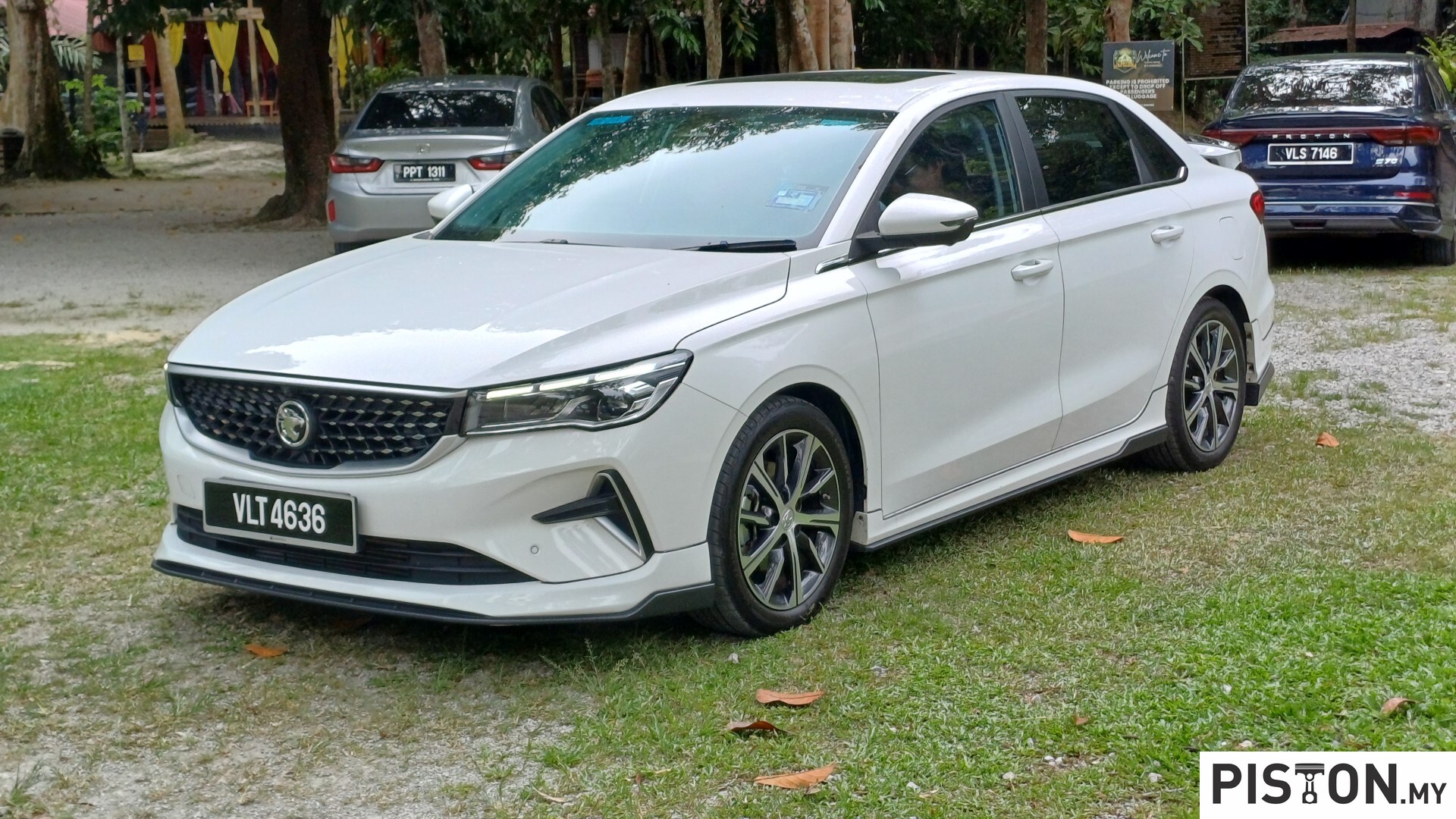Toyota Motor Corporation (TMC) has made a global commitment to achieve carbon neutrality by 2050, in support the Paris Agreement. As its products are sold in 204 countries and regions around the world, its affiliates also support the commitment in various ways to reduce CO2 (carbon dioxide) emissions to an industry-leading level.
In Malaysia, apart from various initiatives that promote practical and sustainable reduction in CO2 emissions, UMW Toyota Motor Sdn. Bhd. (UMWT) and UMW Holdings Berhad (UMW) also carry out other activities. A recent example was a tree planting programme hosted by the Malaysian Nature Society at the Kuala Selangor Nature Park. The programme is part of UMW’s Green Shoots Initiative (UGS) in conjunction with the National 100 million Tree-Planting Campaign 2020-2025 which has the theme “Greening Malaysia: Our Trees, Our Life”.
The event was led by Faraed Mohd Sharif, Director of Customer First Group together with UMWT management, UMW CSR team, UMWT staff and students from Politeknik Sultan Idris Shah, Sungai Lang. Together, they planted 1,500 mangrove saplings of the Bakau Kurap or Rhizophora Mucronata species within the mangrove swamp forest.
The 80 participants were taken on an ecology walk through parts of the 296-hectare wide Kuala Selangor Nature Park to learn about the importance of mangroves to the environment and coastal communities. They were also exposed to a seedling and germination demonstration, while learning about the four families of mangroves and 13 different species of mangrove trees.
Greenhouse gas emissions like CO2 are a major cause of climate change issues and a typical passenger vehicle emits about 4.6 metric tonnes of CO2 per year. Mangrove forests can help mitigate the effects of climate change as they act as huge carbon sinks which are able to sequester two to four times more carbon than mature rainforests, in addition to helping shore up our coastlines and reduce the impact of severe flooding while supporting the biodiversity of the area.
Recognising this, UMW and UMWT have planted close to 40,000 trees to date with almost 50% being mangrove trees, in their journey towards offsetting CO2 emissions and realising their Zero Carbon goals by committing to planting some 300,000 trees over the next two years.
“Our initiatives contribute to climate resilience while cementing Toyota’s global commitment towards achieving carbon neutrality by 2050 through activities that offset CO2 emissions. We have also integrated the United Nations Sustainable Development Goals as part of our operations as a guideline to help us reach carbon neutrality,” said Encik Faraed. “Moving forward, we are focused on providing ‘Mobility For All’, by supporting the creation of more independent, safe and eco-friendly mobility solutions in line with Toyota’s local mass manufacturing plans towards a ‘Clean, Safe and Secure Society.”
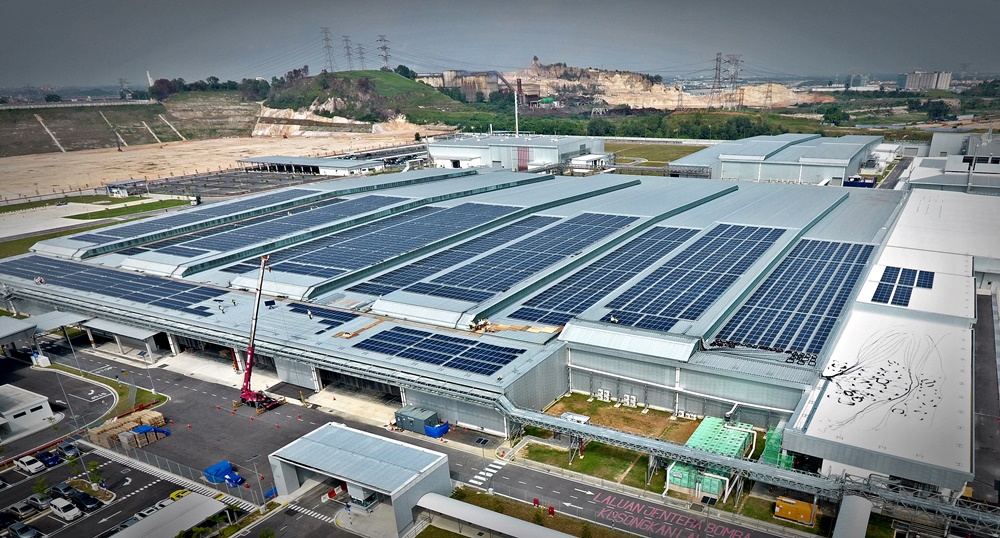
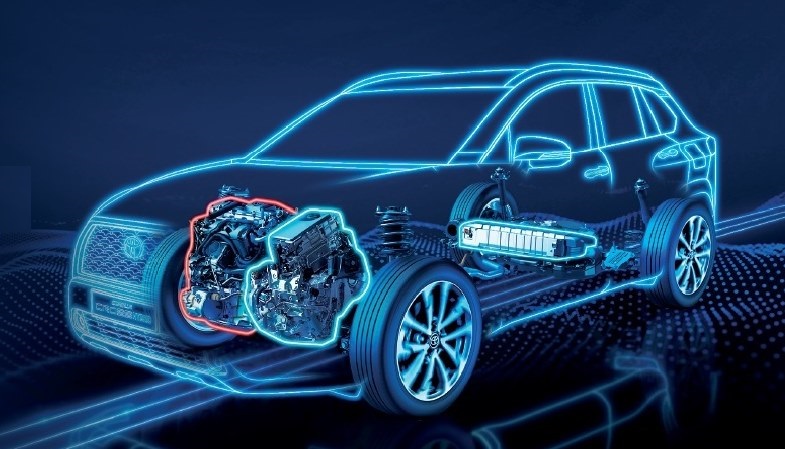
“UMW Toyota Motor will continue our active participation with sustainable tree planting activities in two more locations this year as part of the UMW Green Shoots Initiative to inspire more environmental conservation and restoration works within communities as we take steps toward investing in nature-based solutions for carbon sequestration,” he added.
UMWT places high priority on environmental conservation, hence, the company sets a target to achieve CO2 reduction from logistics activities and its assembly facility, as guided by the Toyota environmental action plan, through the installation of 2MW solar panels. The introduction of locally-assembled models with hybrid electric vehicle technology is another initiative towards carbon neutrality.
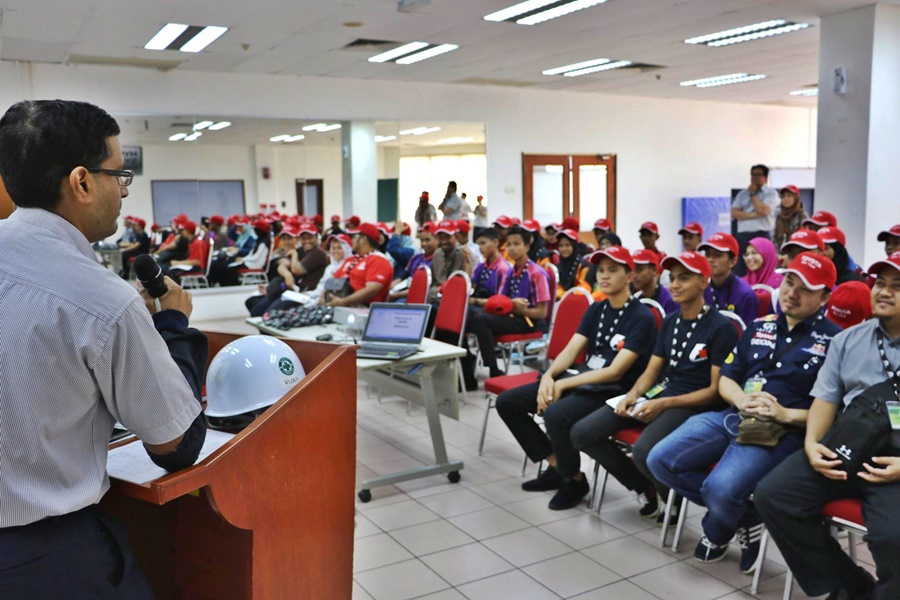
The company’s environmental CSR efforts include its Toyota Eco Youth Programme, a collaboration between UMWT and the Ministry of Education that has been run annually since 2001. Through this program, the future generation of youths in secondary schools can develop strong eco-values and leadership skills.
Toyota: “No customer is left behind” in quest for carbon neutrality





